U.S. News
34 Foods You Probably Didn’t Know Are Banned in the U.S.
By Jake Beardslee · October 10, 2025
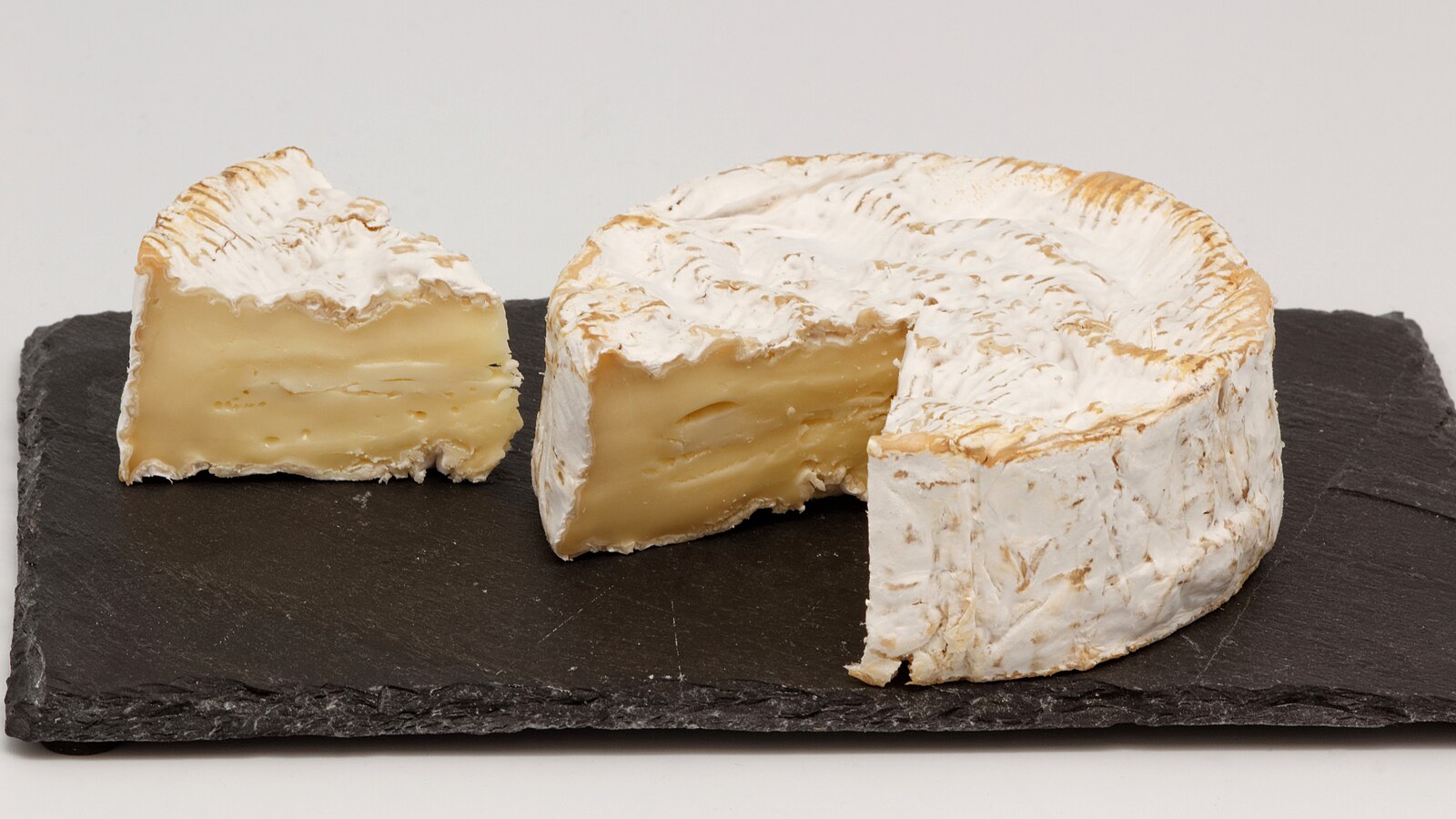
34 Foods You Probably Didn’t Know Are Banned in the U.S.
Food reflects culture, and the United States is no exception. From gumbo to boxed mac and cheese, America’s pantry tells the story of its diverse culinary evolution. Yet despite the nation’s abundance, certain beloved foods—from European delicacies to old-fashioned local staples—are restricted or outright banned.Reasons vary: health, safety, conservation, and ethics. Federal agencies like the FDA set national rules, while states add their own. California bans foie gras on animal welfare grounds; Florida limits conch to protect reefs; and federal wildlife laws have sidelined turtle soup. Ingredient rules are shifting too—most recently, the FDA banned Red No. 3 and announced a plan to phase out petroleum-based dyes by 2026.
Many items survive here in modified form—pasteurized, decaffeinated, or reformulated—while others have vanished entirely. Below is a tour of 35 foods and ingredients America limits, discourages, or bans, and what those choices reveal about taste, values, and risk. Coyau / Wikimedia Commons
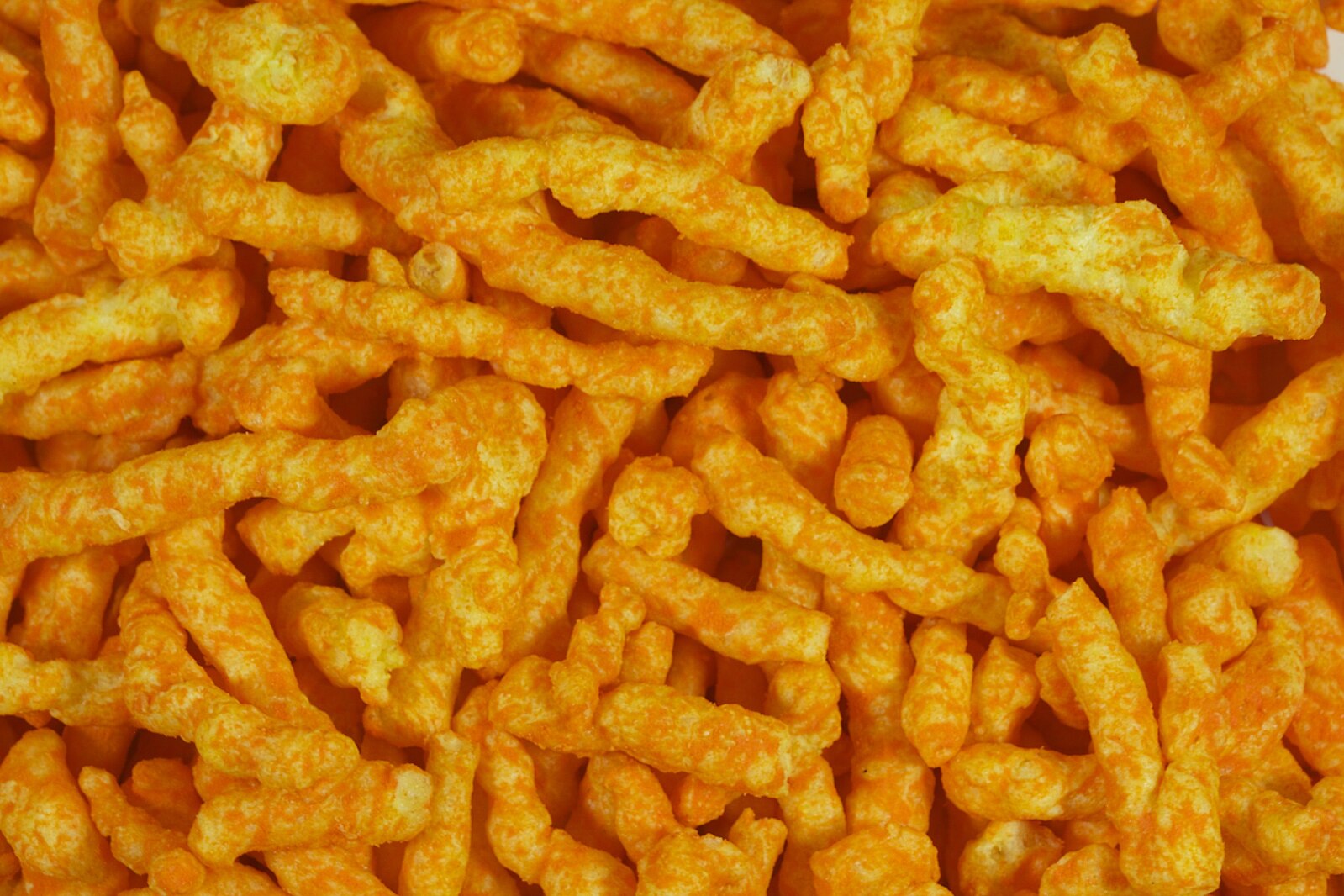
1) Flamin’ Hot Cheetos
Not federally banned, but restricted in school districts across states like California, New Mexico, and Illinois, Flamin’ Hot Cheetos are often removed from cafeterias due to concerns over artificial dyes such as Red 40, Yellow 5, and Yellow 6, which some studies suggest may affect children’s behavior. The broader policy debate includes proposals to prohibit several synthetic dyes from school meals altogether. Jeff Eaton, CC BY-SA 2.0 https://creativecommons.org/licenses/by-sa/2.0, via Wikimedia Commons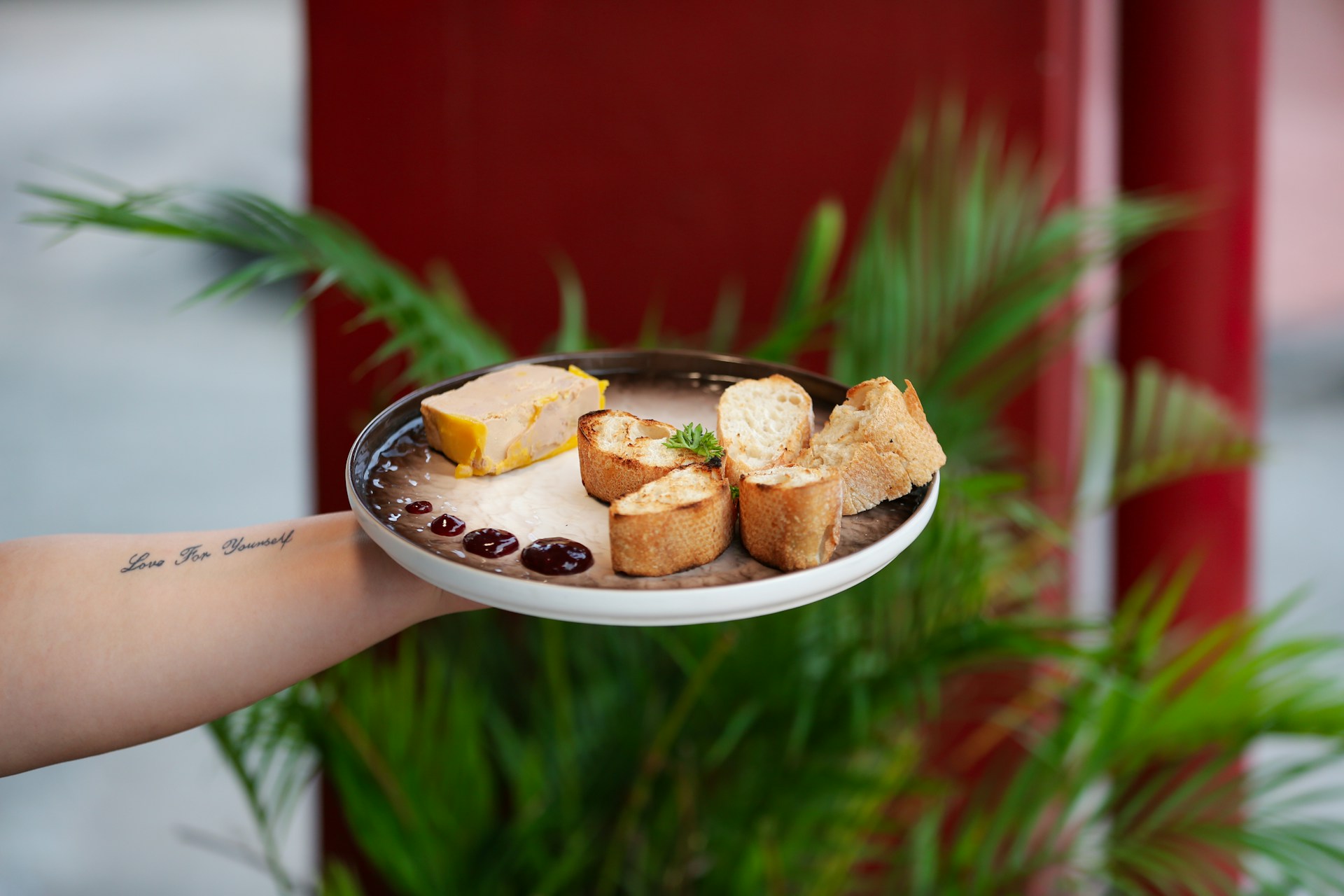
2) Foie Gras
California prohibits restaurants and retailers from selling foie gras, the fattened liver of ducks or geese, because traditional production relies on force-feeding. The debate pits animal welfare against culinary tradition, with periodic legal challenges keeping tensions simmering. For most diners, though, foie gras is a no-go within the state. Paras Kapoor / Unsplash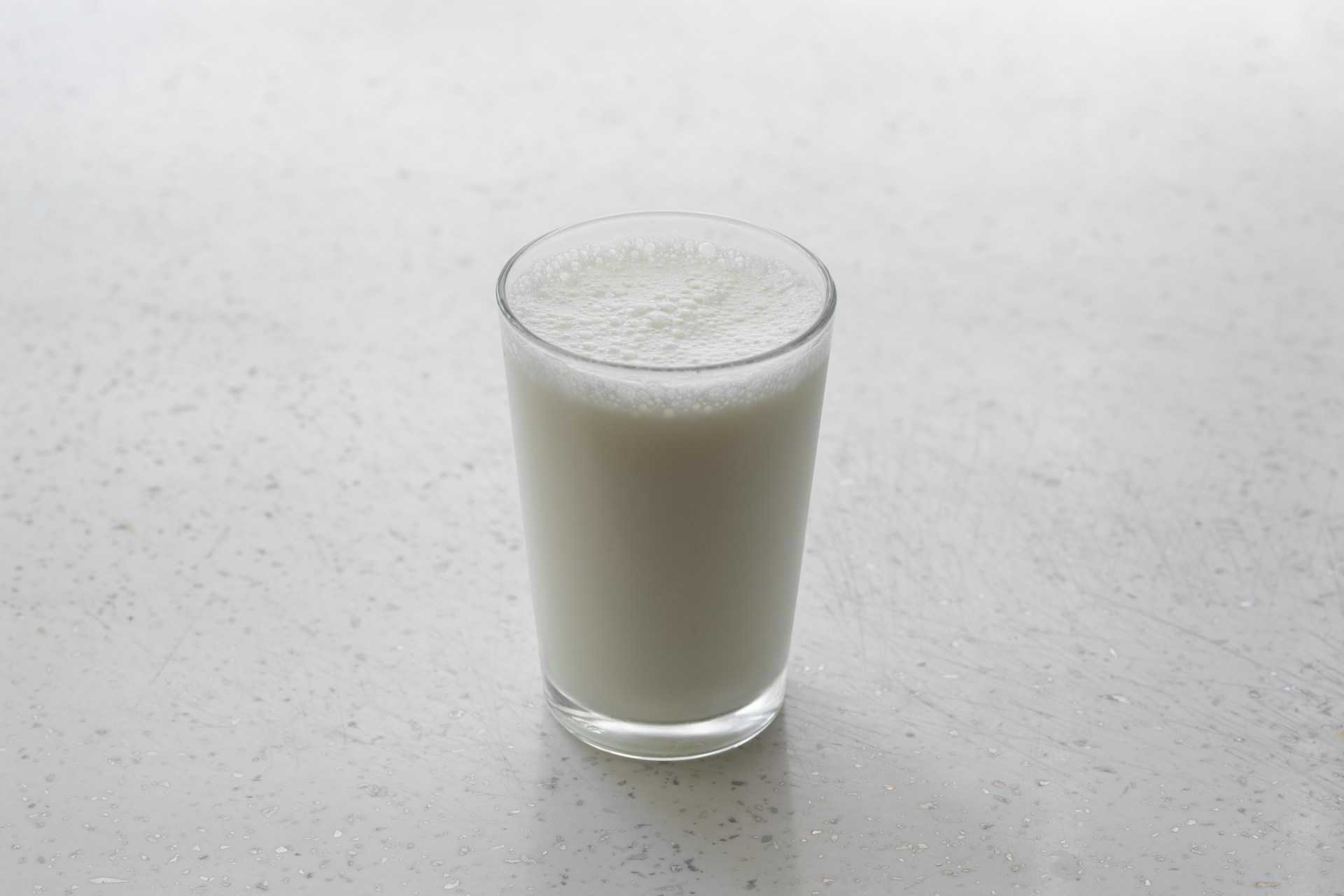
3) Raw Milk
Raw (unpasteurized) milk may carry dangerous bacteria like E. coli, Salmonella, and Listeria. Under federal law, it’s illegal to sell raw milk across state lines for human consumption—only pasteurized milk may cross state borders. Within individual states, however, laws vary: some ban retail sales outright, while others permit limited on-farm sales, herd-share programs, or permit-based distribution. engin akyurt / Unsplash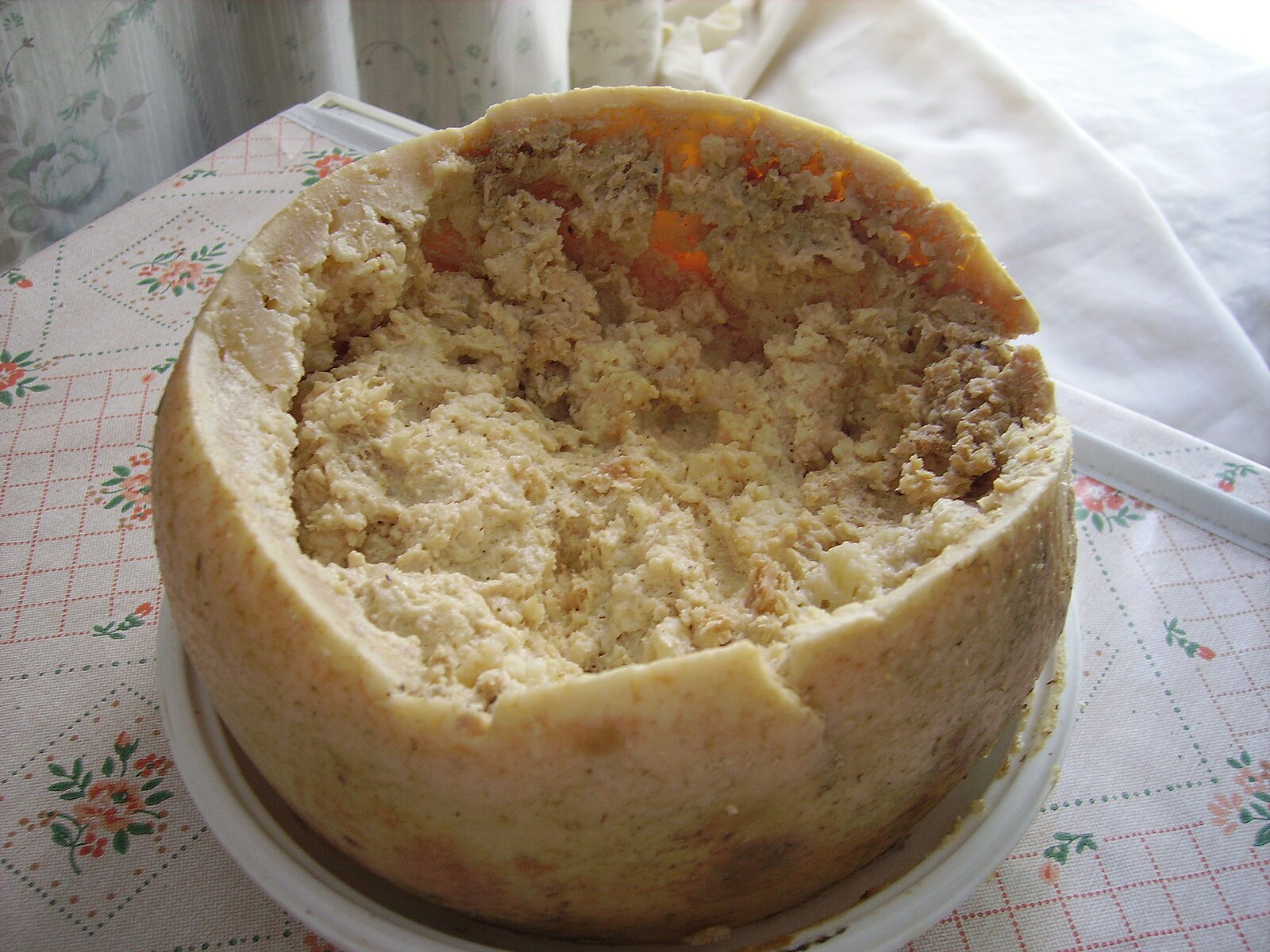
4) Casu Marzu
Sardinia’s infamous “maggot cheese” is created by introducing fly larvae to sheep’s milk cheese, transforming texture and flavor as the larvae do their work. For obvious sanitary and safety reasons, the product is banned in the U.S. and across the EU. Supporters defend it as a protected traditional food; regulators see an uncontrolled biological hazard. Shardan, CC BY-SA 2.5 https://creativecommons.org/licenses/by-sa/2.5, via Wikimedia Commons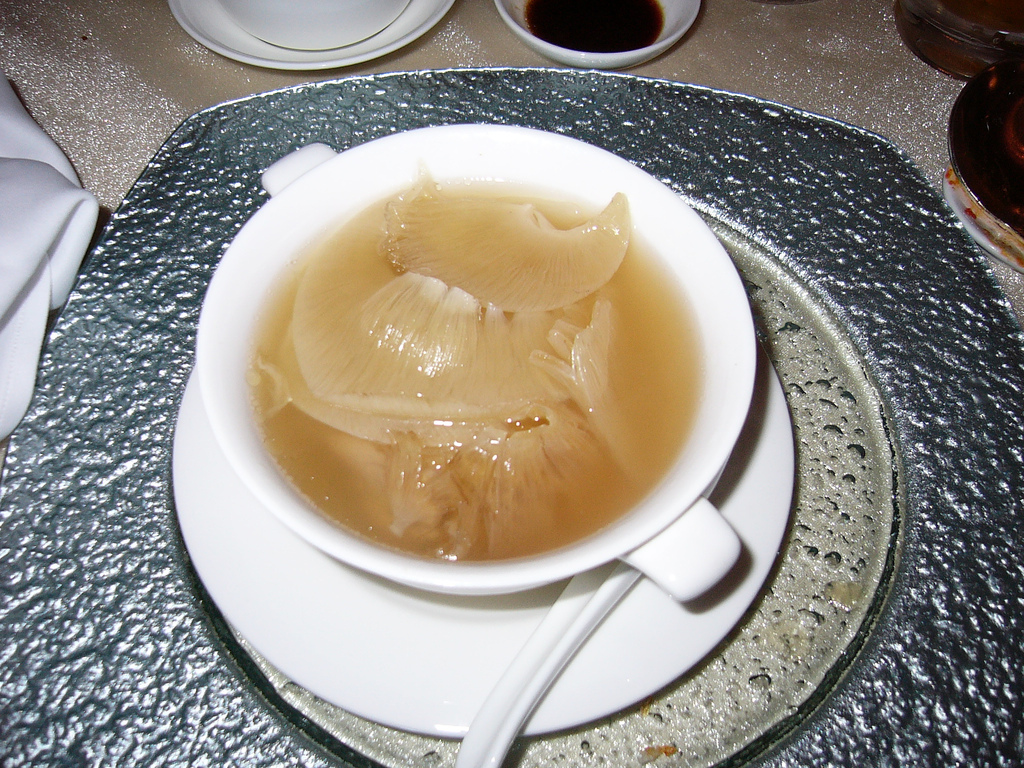
5) Shark Fin Soup
Shark fin soup is a status dish in parts of East Asia, but the U.S. bans sale, import, and possession of most fins under the Shark Fin Sales Elimination Act (limited exceptions apply). The law targets finning, an inhumane practice tied to global shark population declines. Conservation, not cuisine, drives the restriction. In American markets and restaurants, this delicacy is off the table. Cedric seow, CC BY-SA 2.0 https://creativecommons.org/licenses/by-sa/2.0, via Wikimedia Commons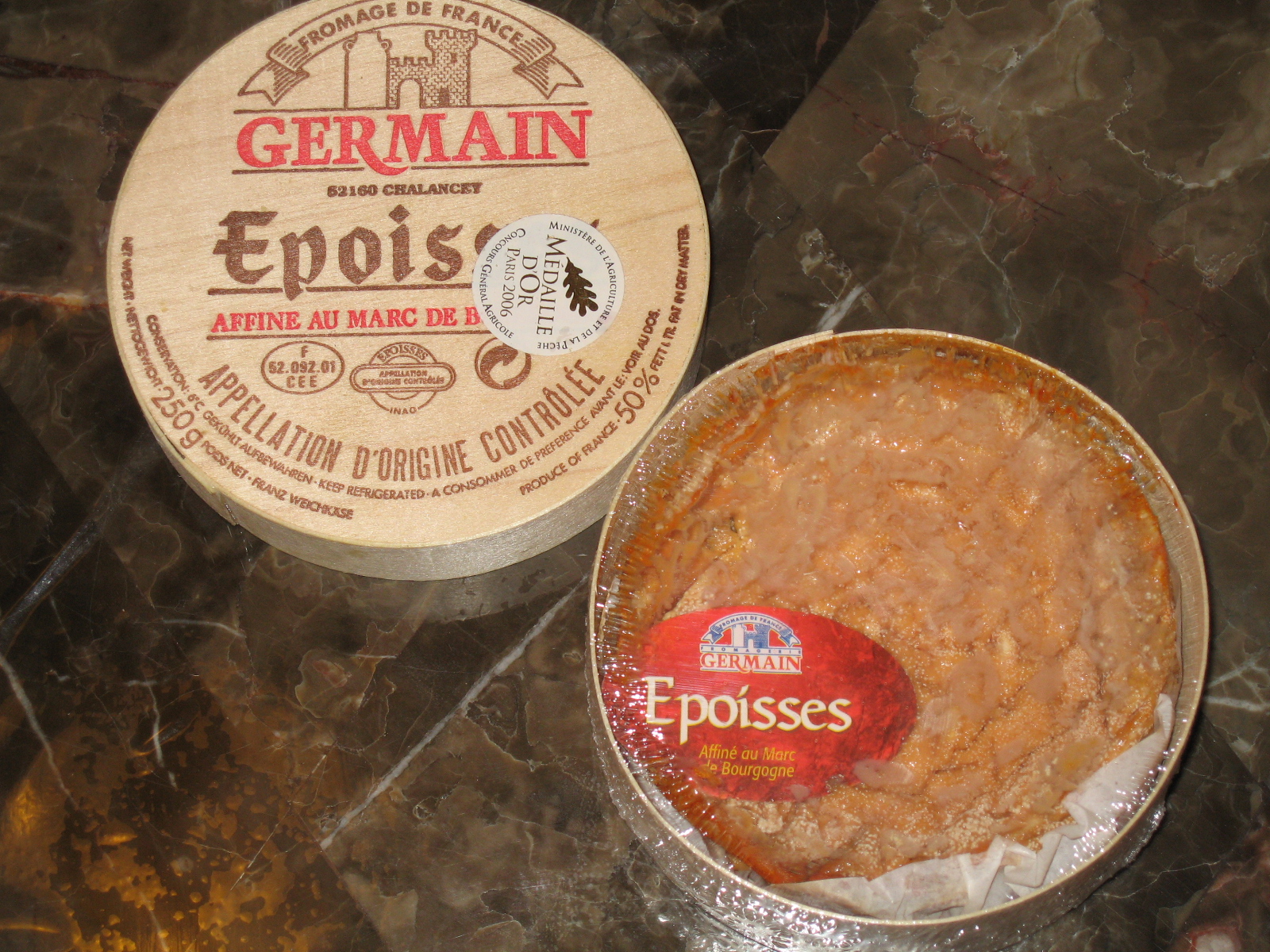
6) Époisse
This famously pungent French cheese is washed in brandy and made with raw milk aged under 60 days, which violates U.S. rules for raw-milk cheeses. Pasteurized versions exist here, but purists argue they lack depth and funk. The raw-milk barrier keeps “the real thing” effectively out of reach. Cheese lovers often add “taste Époisses in France” to their culinary bucket lists. Sominsky at English Wikipedia, CC BY 2.5 https://creativecommons.org/licenses/by/2.5, via Wikimedia Commons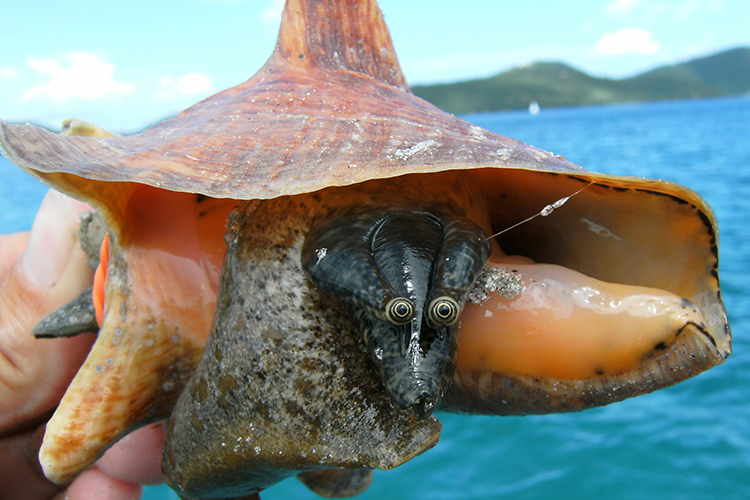
7) Queen Conch
A Caribbean staple, queen conch (the meat of a large marine snail) faces strict protections due to overfishing. Florida bans local harvest; limited imports from permitted regions can appear sporadically. Enforcement aims to protect both species and ecosystems. For U.S. diners, that means conch fritters and salads are mostly a travel treat. Jennifer Doerr, NOAA SEFSC Galveston, Public domain, via Wikimedia Commons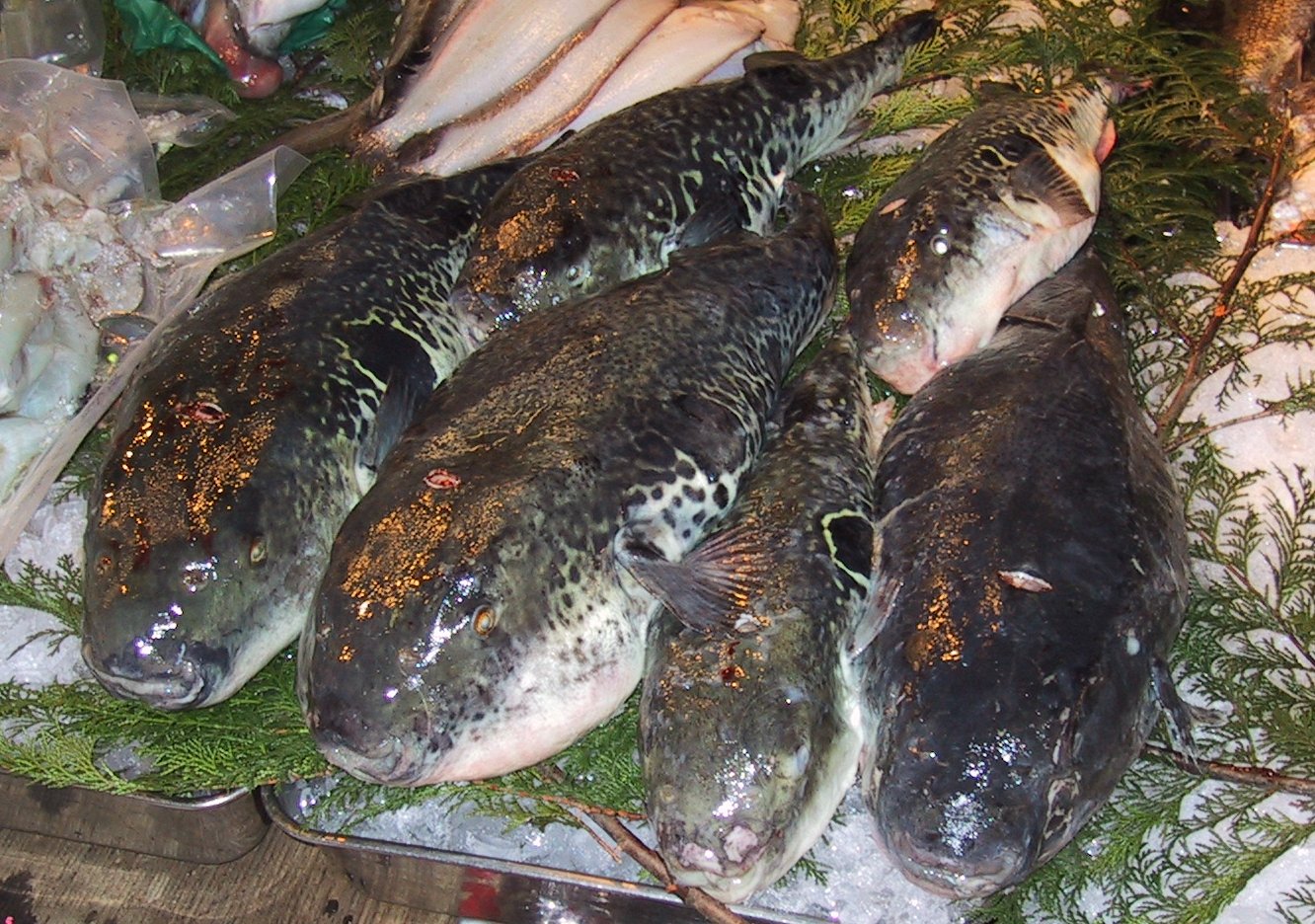
8) Japanese Pufferfish (Fugu)
Fugu contains tetrodotoxin, a potent neurotoxin that can be fatal if preparation is sloppy. Because the risk is so high, U.S. imports are confined to tightly controlled channels and rare vendors. In Japan, only rigorously trained chefs can serve it. Chris 73 / Wikimedia Commons, CC BY-SA 3.0 https://creativecommons.org/licenses/by-sa/3.0, via Wikimedia Commons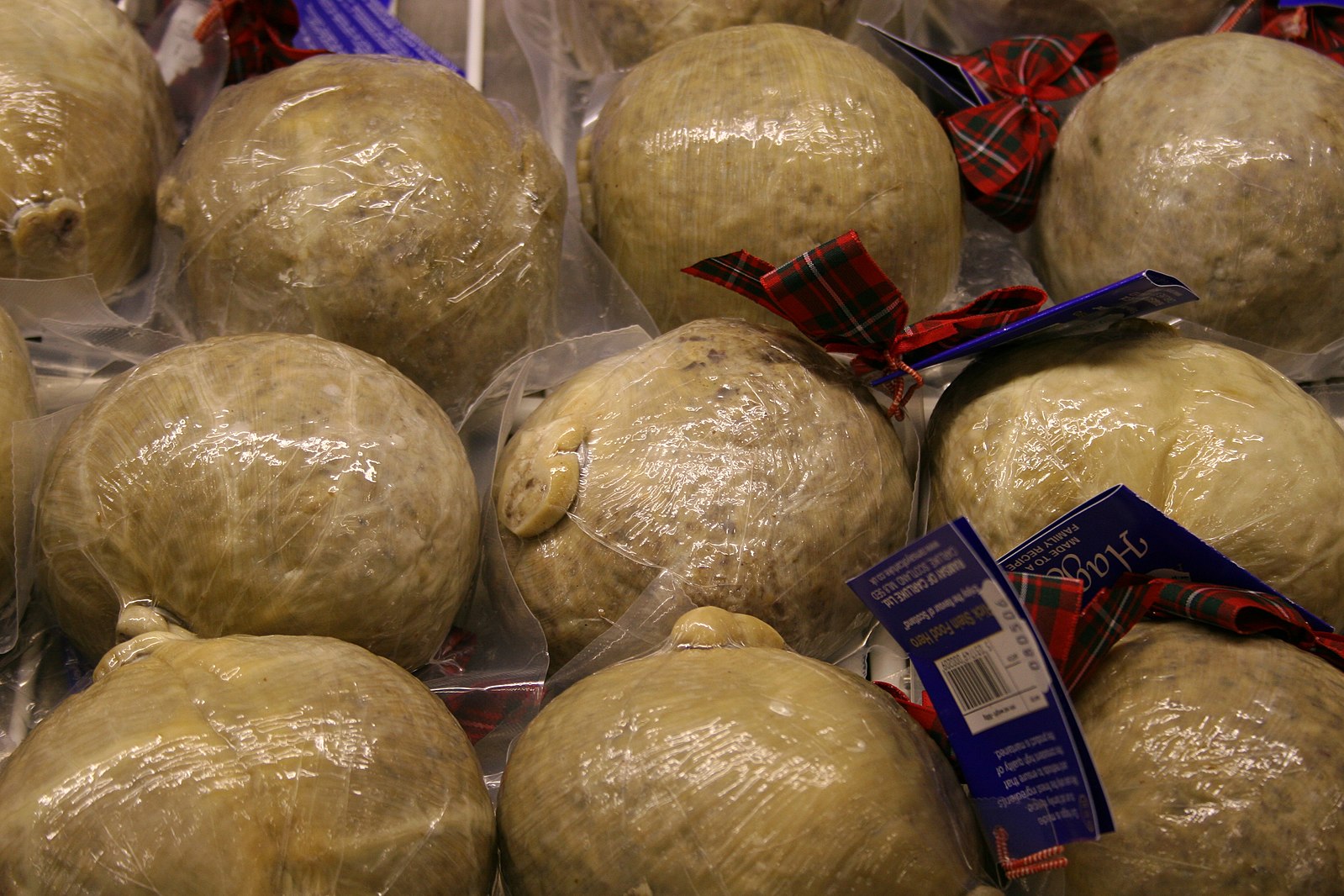
9) Haggis
Scotland’s national dish blends sheep heart, liver, and lungs with oats and spices, traditionally simmered in a sheep’s stomach. U.S. regulations prohibit lungs in human food, stopping authentic haggis at the border. Domestic “haggis” exists, but without lungs. Chris Brown, CC BY 2.0 https://creativecommons.org/licenses/by/2.0, via Wikimedia Commons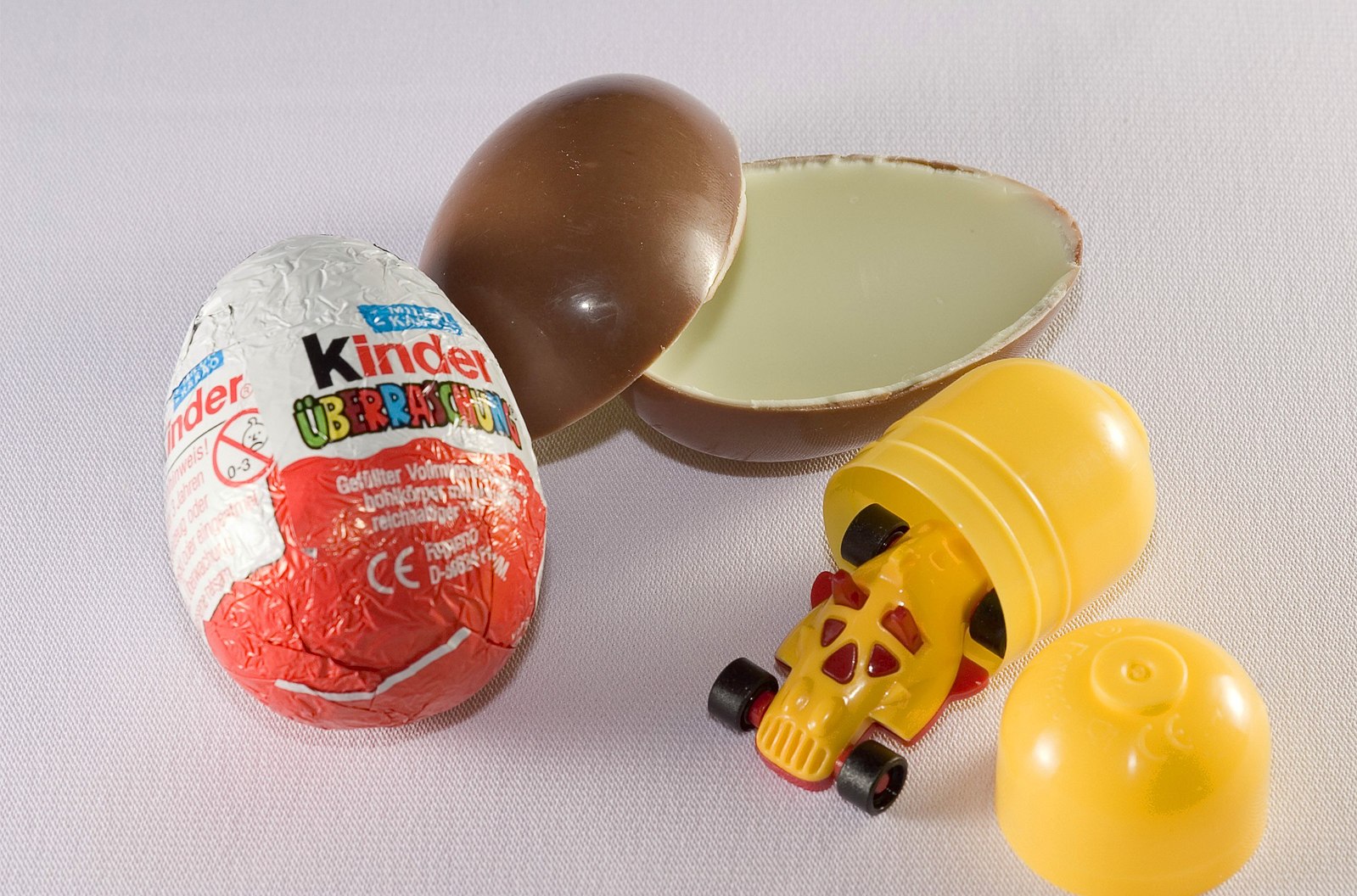
10) Kinder Surprise Eggs
A toy hidden inside a chocolate egg spells fun—until it collides with U.S. rules banning non-nutritive objects embedded in food due to choking risks. Kinder Joy, which separates the toy from the confection, passes muster and is widely sold. But the classic Kinder Surprise remains contraband. Customs agents do, in fact, seize them. United States Customs and Border Protection, Public domain, via Wikimedia Commons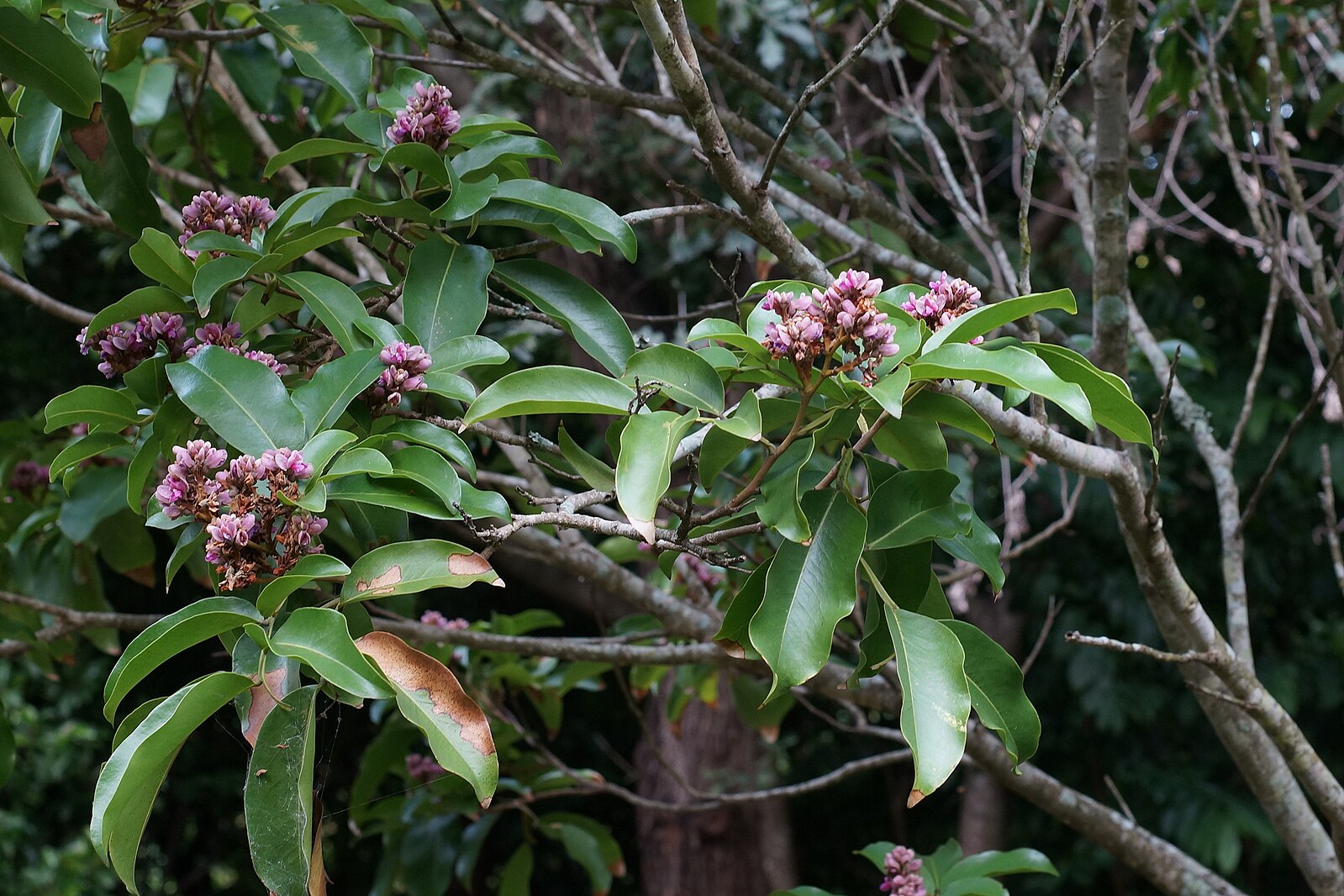
11) Tonka Beans
Beloved by chefs for a heady perfume of vanilla, almond, and hay, tonka beans also contain coumarin, which can harm the liver in high doses. The FDA banned them as a food ingredient in 1954. They’re still used in perfumery and tobacco, fueling a persistent underground culinary mystique. In licensed U.S. kitchens, though, they’re off-limits. Tatters ✾, CC0, via Wikimedia Commons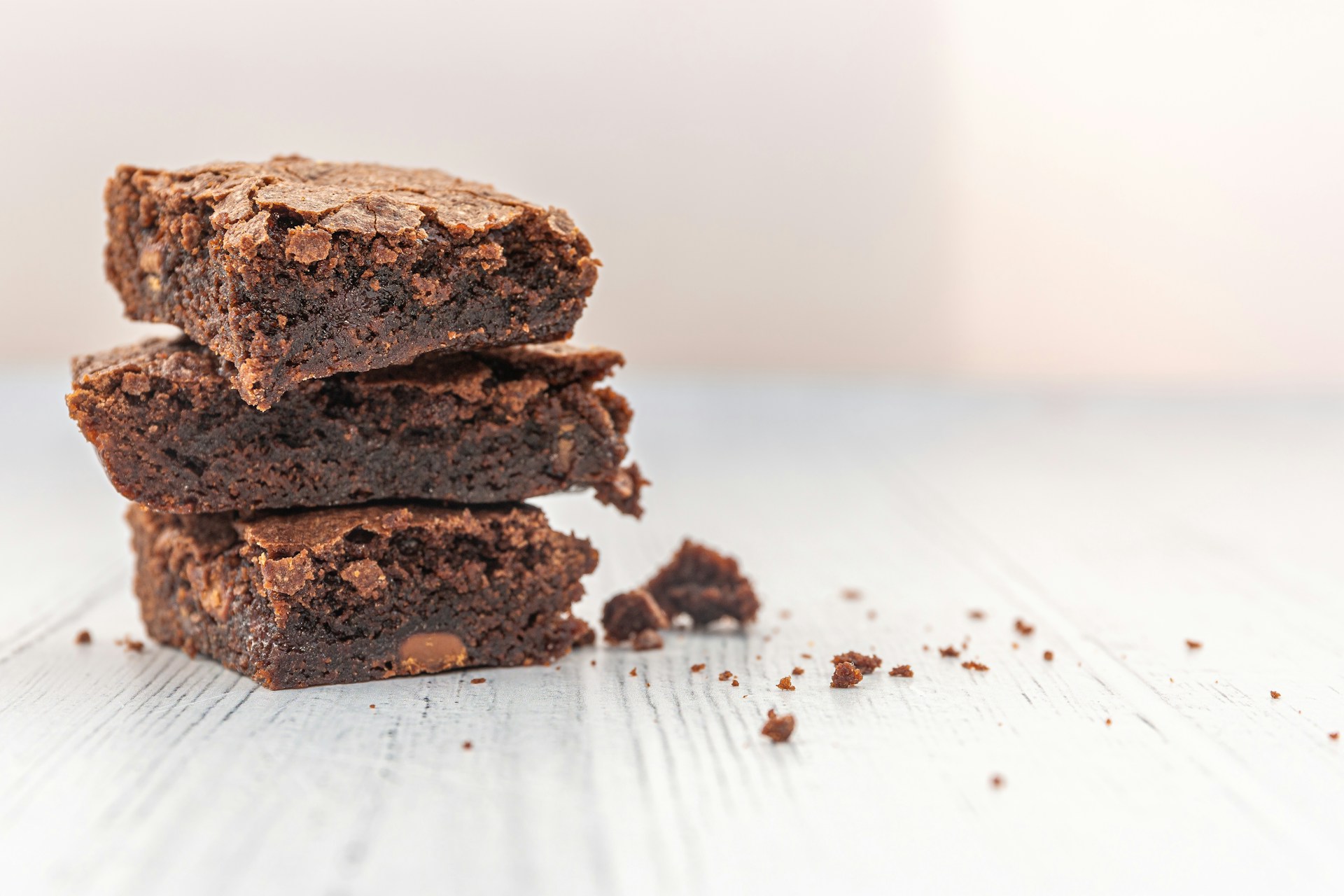
12) Lazy Cakes
These melatonin-spiked brownies drew scrutiny after a child was hospitalized, prompting bans in some states and federal warnings. The FDA says melatonin isn’t an approved food additive; the company rebranded as “Lazy Larry” and reformulated. The episode became a case study in blurred lines between dietary supplements and confections. Today, the original recipe is history. iMattSmart / Unsplash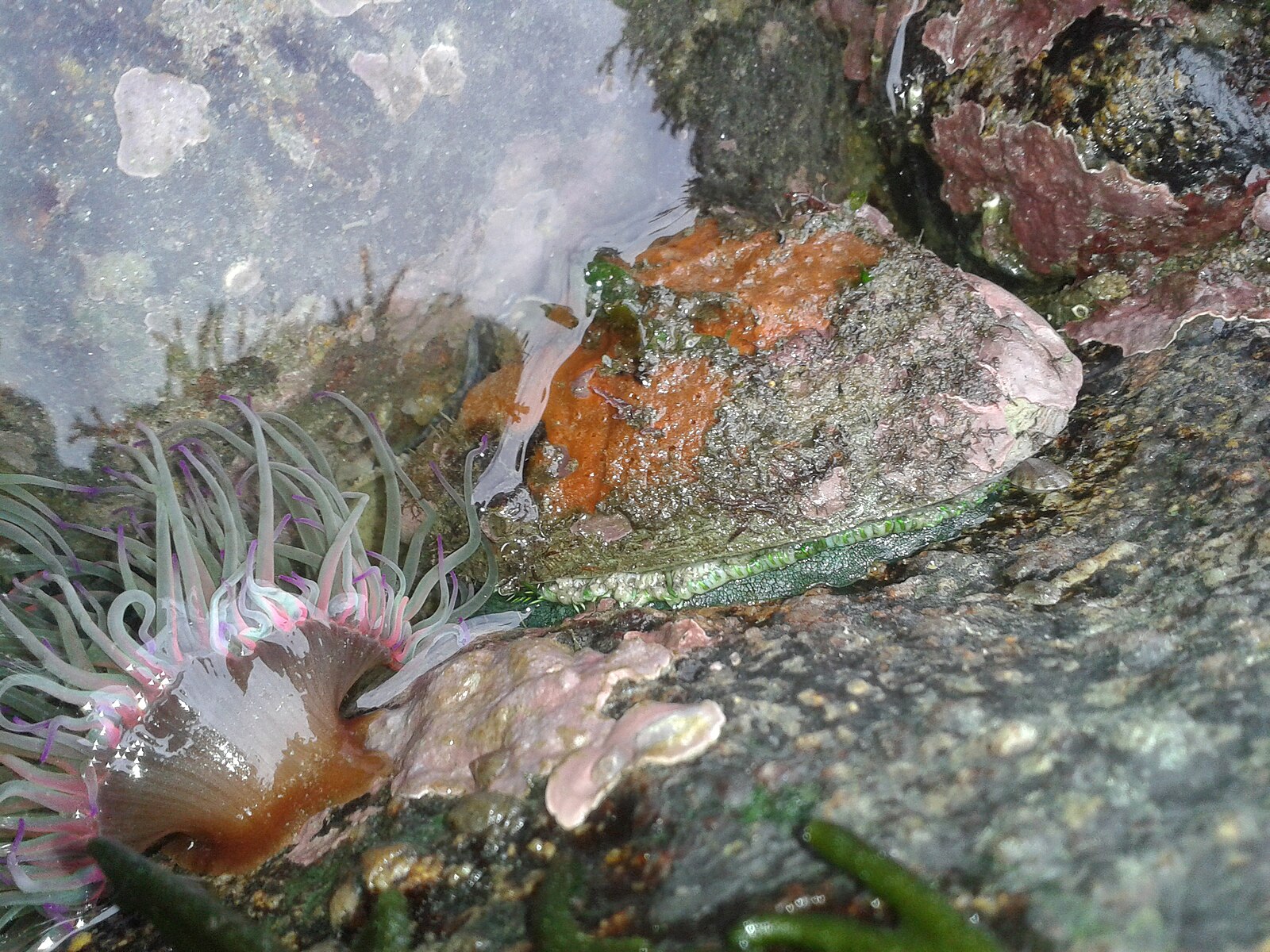
13) Wild Abalone
California’s iconic abalone fishery collapsed under pressure from overfishing and environmental change. The state banned commercial harvest in 1997 and later shut down recreational take in 2017 to aid recovery. Regulators periodically reassess stock health, with a potential sport reopening discussed for 2026. Until then, wild local abalone stays in the sea. PedroPVZ, CC BY-SA 3.0 https://creativecommons.org/licenses/by-sa/3.0, via Wikimedia Commons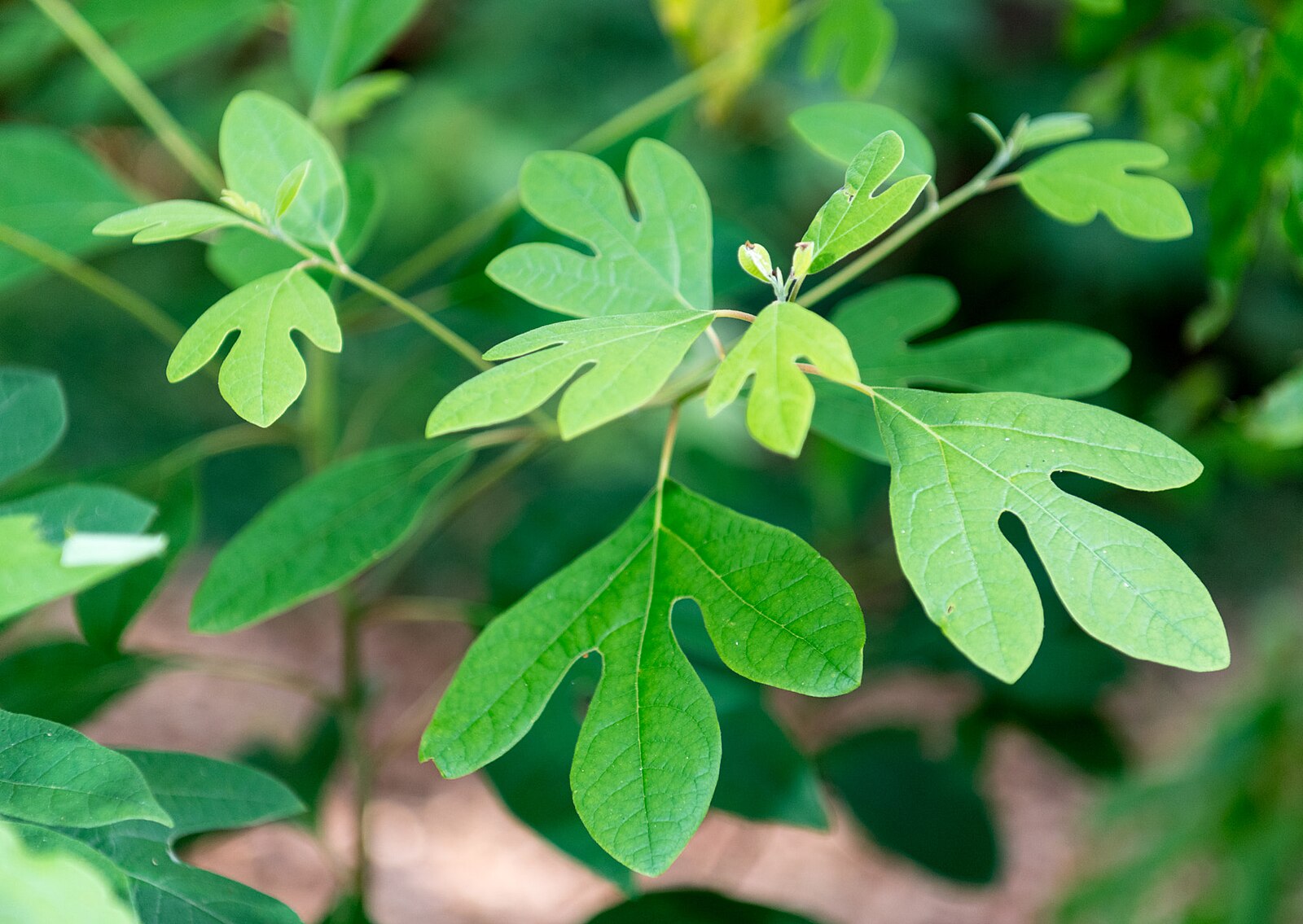
14) Sassafras Oil
Once a hallmark of old-school root beer, sassafras oil contains safrole, a suspected carcinogen. The FDA bars its direct use in foods, though trace safrole can occur naturally in spices like star anise and cinnamon. Bottled “sassafras” flavorings in modern sodas are reformulated. Nostalgia remains; the original bite does not. Randy Everette, CC BY-SA 3.0 https://creativecommons.org/licenses/by-sa/3.0, via Wikimedia Commons
15) Bushmeat
“Bushmeat”—wild game hunted in tropical forests and savannas, often in Africa—can involve protected species and pose zoonotic disease risks. U.S. importation is prohibited under wildlife conservation and public-health regulations. Pierre Fidenci, CC BY-SA 2.5 https://creativecommons.org/licenses/by-sa/2.5, via Wikimedia Commons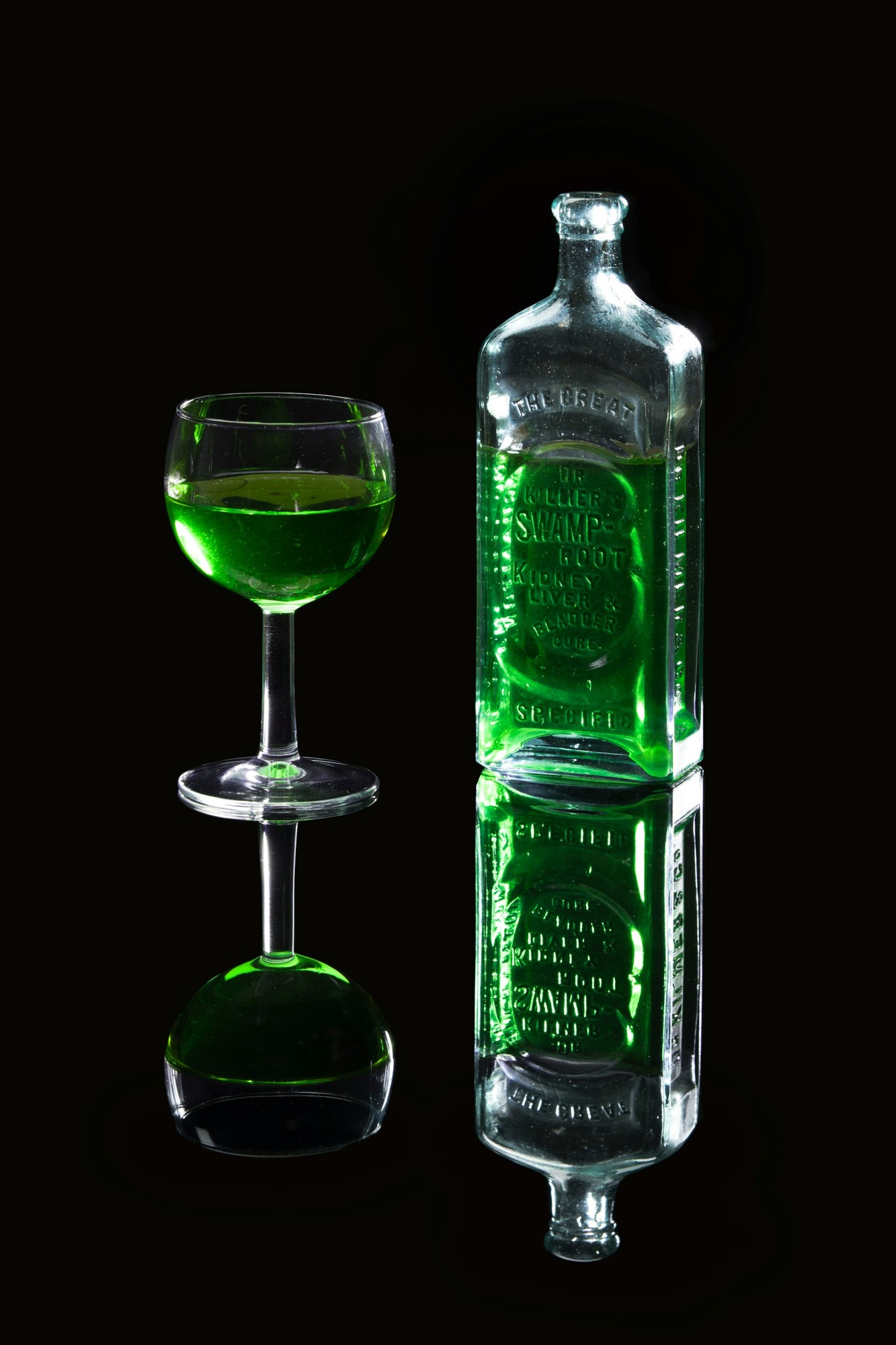
16) Absinthe (High-Thujone)
After a century of bans fueled by myths of hallucinations and crime, absinthe returned to U.S. shelves in 2007 under tight rules: products must be effectively “thujone-free” (under 10 ppm). Randy Fath / Unsplash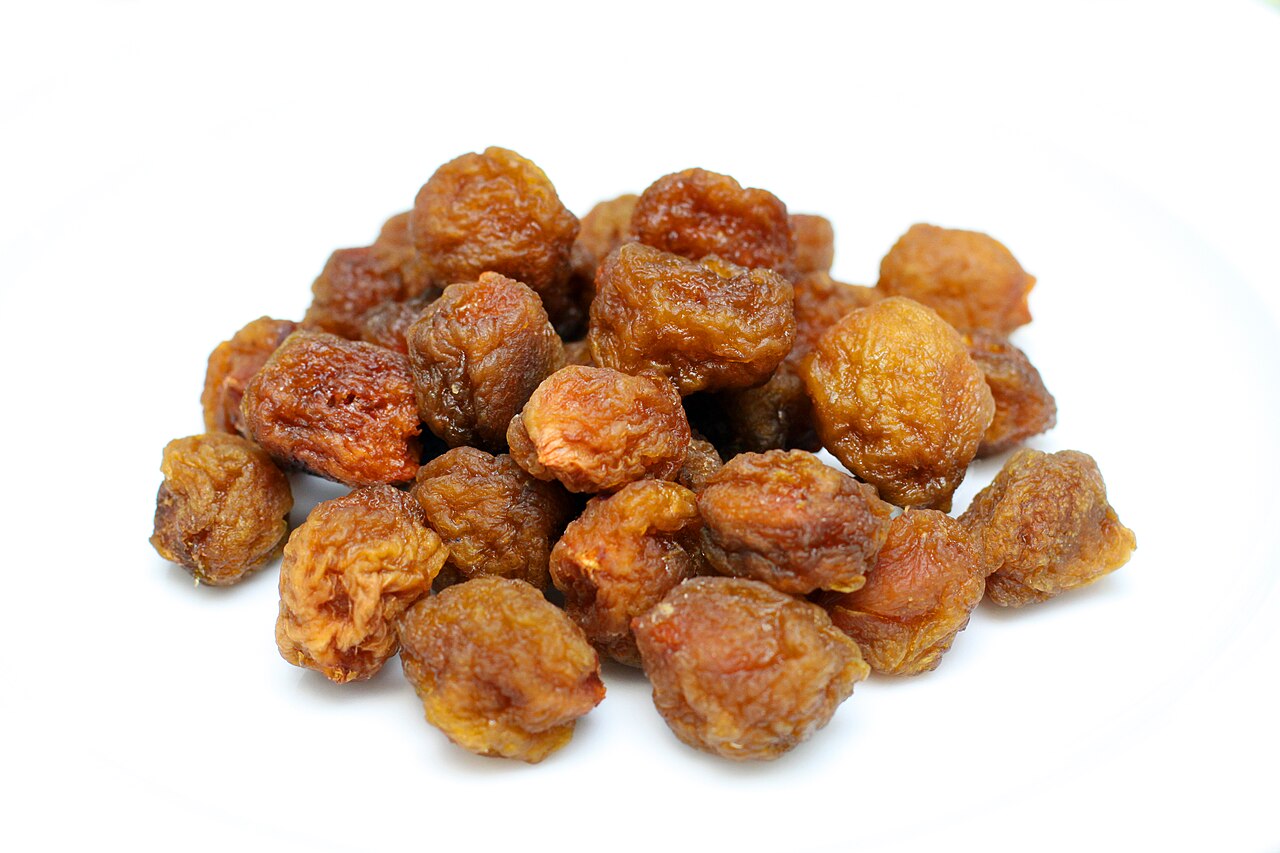
17) Mirabelle Plums
The golden Mirabelle from Lorraine, France, has protected geographic status, limiting where fruit marketed under that name can legally come from. That protection, coupled with import realities, keeps authentic Mirabelles scarce to nonexistent in U.S. produce aisles. American “mirabelle-style” preserves exist, but the real fruit is a passport item. Safa.daneshvar, CC BY-SA 4.0 https://creativecommons.org/licenses/by-sa/4.0, via Wikimedia Commons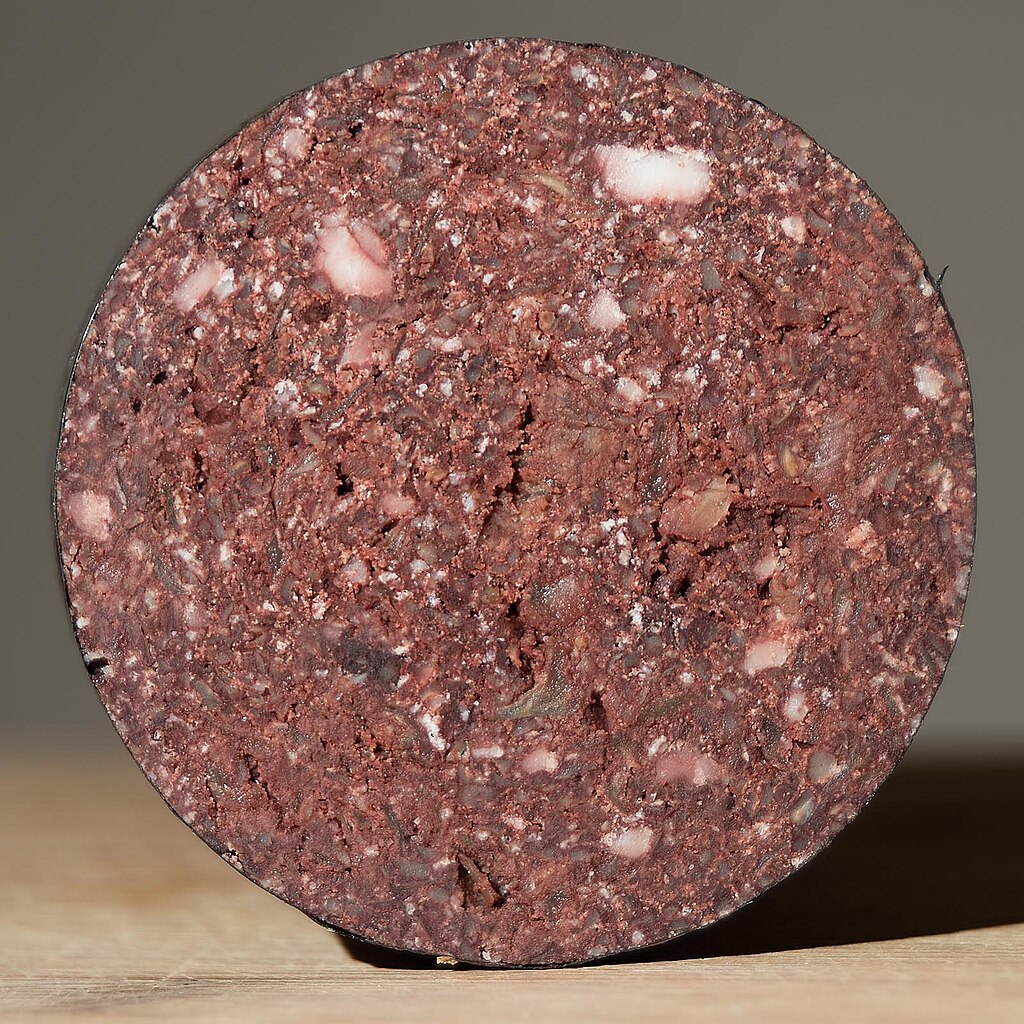
18) Stornoway Black Pudding
This Scottish blood sausage—oats, onion, suet, and animal blood—has EU protected-origin status and ingredients that run afoul of U.S. import rules. While similar puddings are produced domestically, the Stornoway name is off-limits. Alexbrn, CC BY-SA 3.0 https://creativecommons.org/licenses/by-sa/3.0, via Wikimedia Commons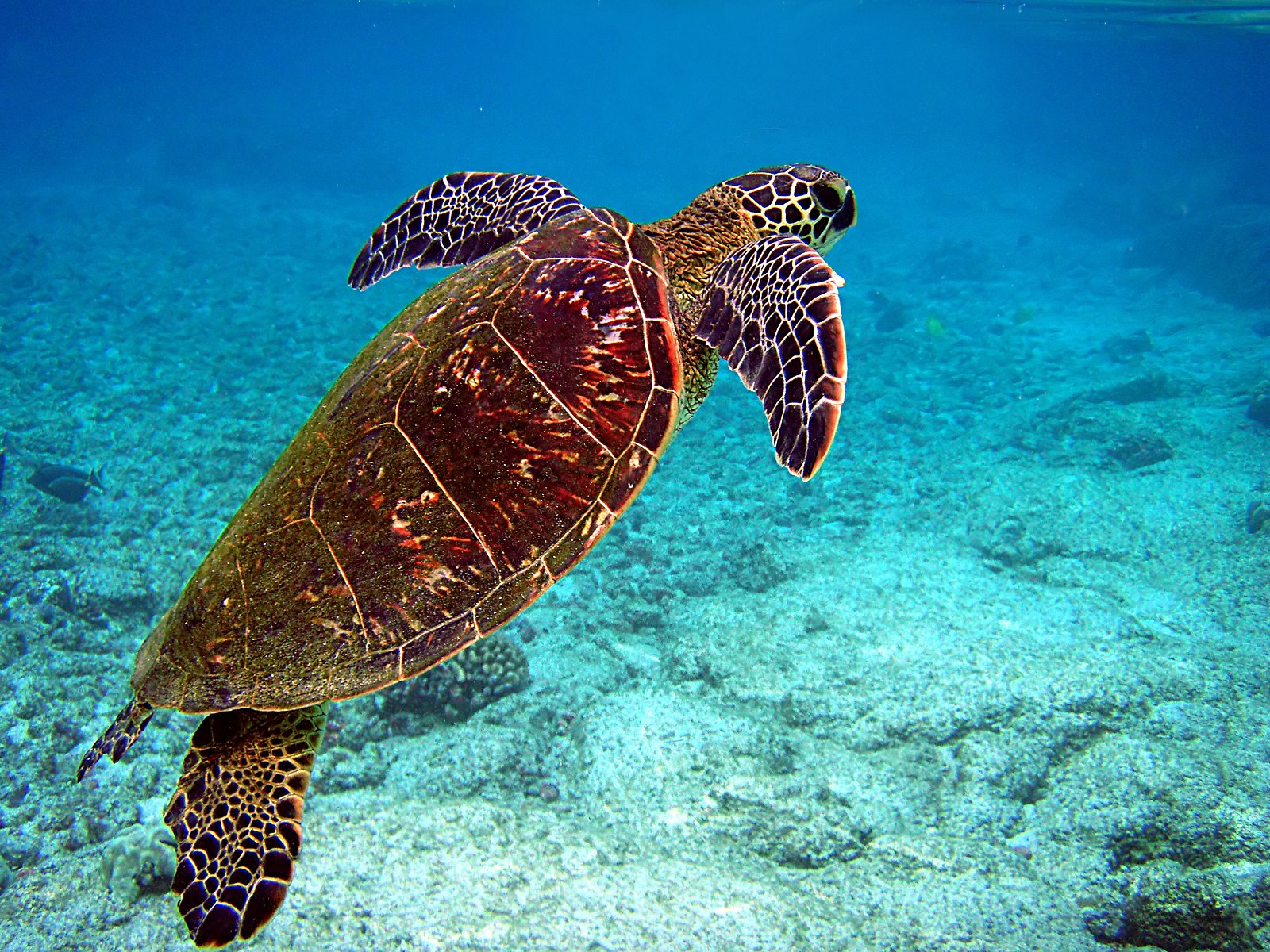
19) Sea Turtle
Turtle soup was once haute cuisine, but sea turtles’ endangered status put ethics and ecology ahead of nostalgia. U.S. law prohibits hunting, trade, and consumption. Even in places where limited take is legal, global sentiment has shifted. In the States, the dish is firmly in the past tense. Brocken Inaglory, CC BY-SA 3.0 https://creativecommons.org/licenses/by-sa/3.0, via Wikimedia Commons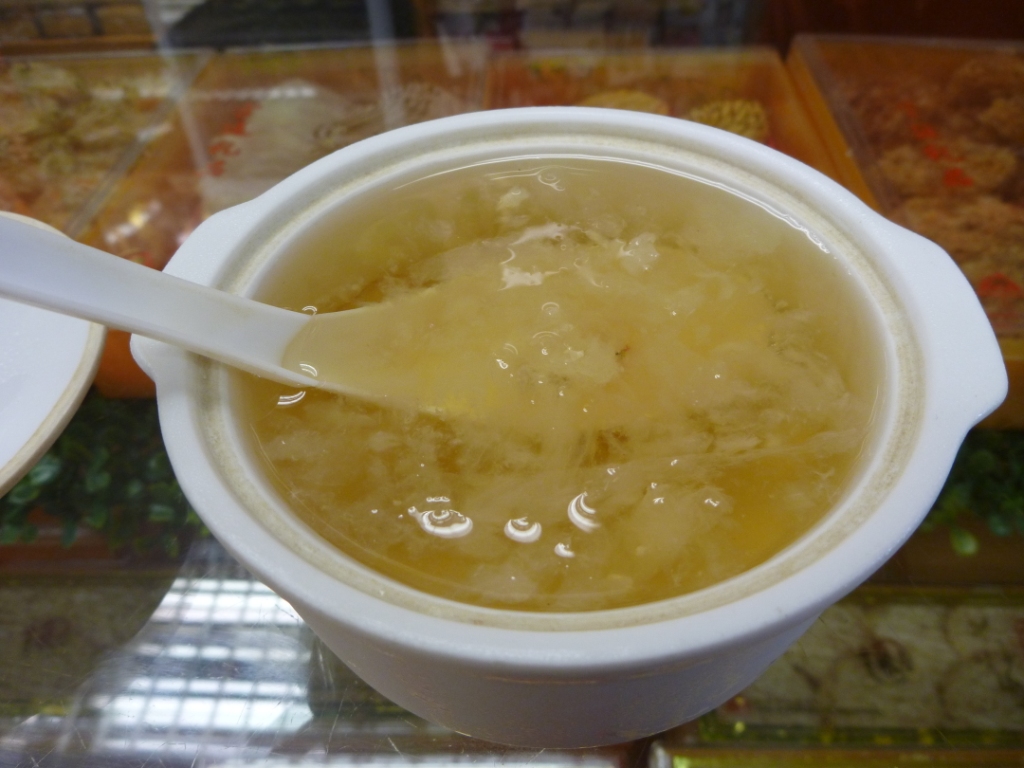
20) Bird’s Nest Soup
Crafted from swiftlet nests formed with hardened saliva, this delicacy raises biosecurity flags. U.S. regulators restrict imports over fears of avian influenza and other pathogens. Verification and sterilization challenges keep it effectively out. Robert Staudhammer from Earth, CC BY-SA 2.0 https://creativecommons.org/licenses/by-sa/2.0, via Wikimedia Commons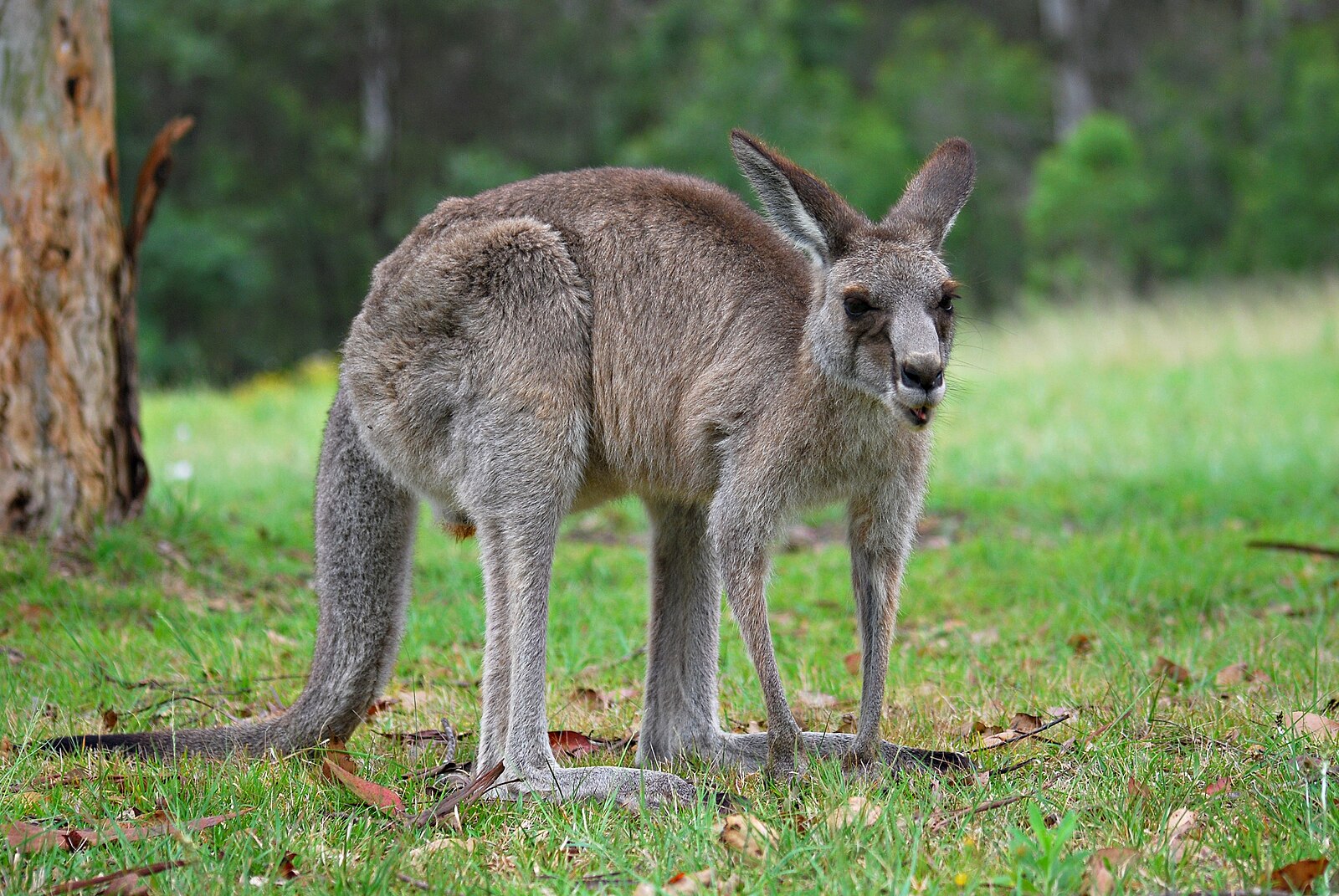
21) Kangaroo Meat
California has long banned kangaroo meat and leather on animal-welfare and conservation grounds, and other jurisdictions have added restrictions. Australians debate the species’ sustainability; U.S. policy generally errs on caution. Mark Wagner, based on image by User:Lilly M, CC BY-SA 3.0 https://creativecommons.org/licenses/by-sa/3.0, via Wikimedia Commons
22) Silver Dragees
Those shiny decorative cake balls? The FDA treats them as non-edible because metallic silver isn’t an approved food additive. In most states they can only be sold as decor with “not for consumption” labels; California bars them outright. Bakers use pearlized sugar instead to keep the sparkle—minus the metal. Kitz000, CC BY-SA 3.0 https://creativecommons.org/licenses/by-sa/3.0, via Wikimedia Commons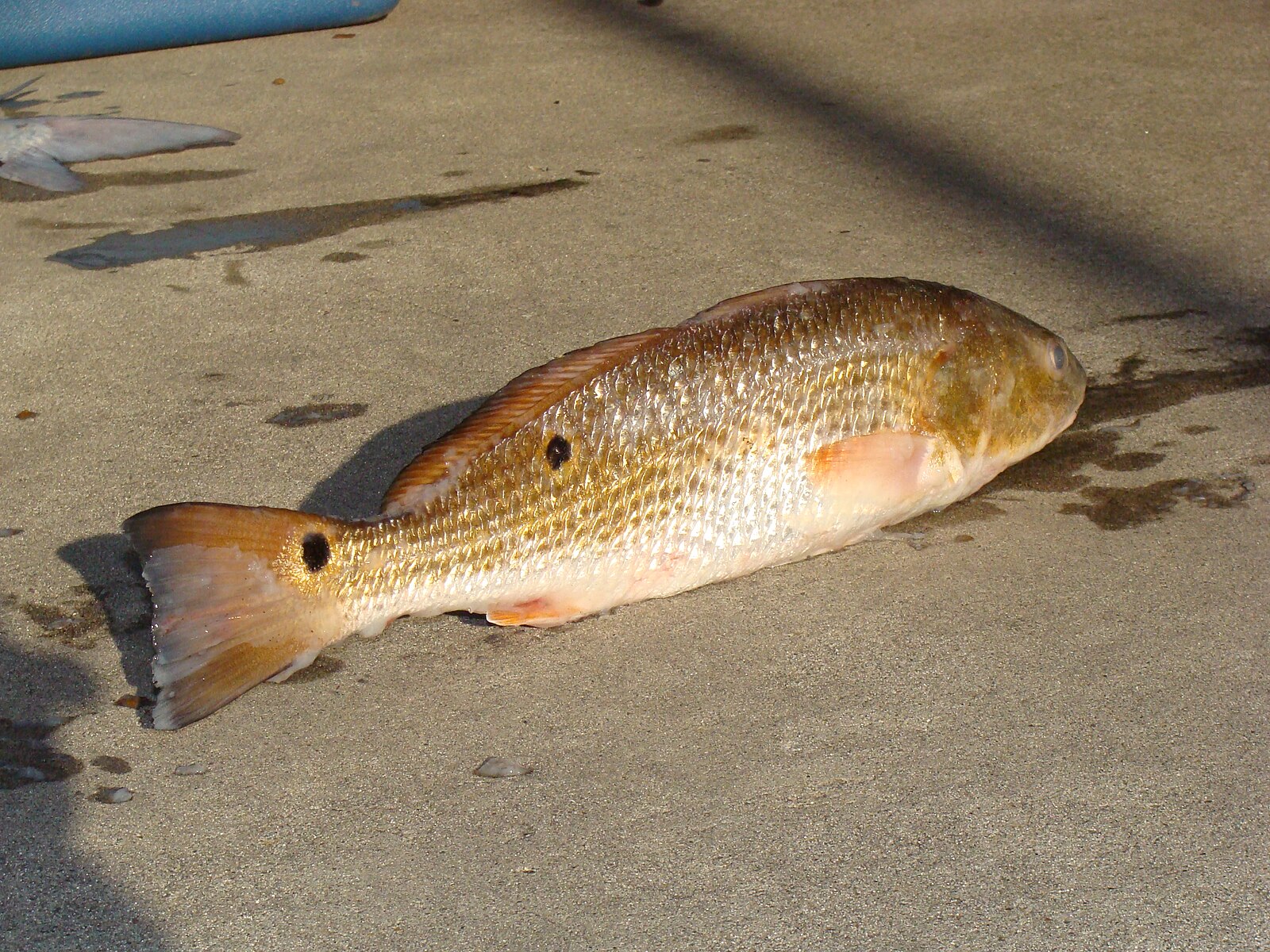
23) Redfish (Red Drum)
A craze in the 1980s nearly wiped out stocks, prompting tough protections and bans on commercial harvest in many places. Recreational fishing persists under strict size and bag limits, and populations have rebounded in some regions. On restaurant menus, though, genuine wild red drum remains tightly controlled. Geeklikepi, CC BY-SA 3.0 https://creativecommons.org/licenses/by-sa/3.0, via Wikimedia Commons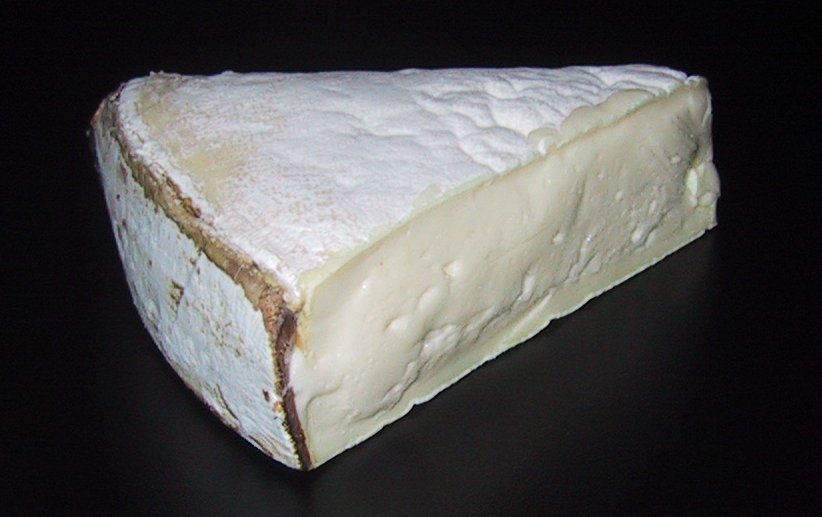
24) Mont d’Or
Made seasonally and traditionally with raw cow’s milk, France’s Mont d’Or hits the same raw-milk age barrier as Époisses. Its luscious, spoonable center is legendary—and off-limits in its authentic form here. Zubro, CC BY-SA 3.0 http://creativecommons.org/licenses/by-sa/3.0/, via Wikimedia Commons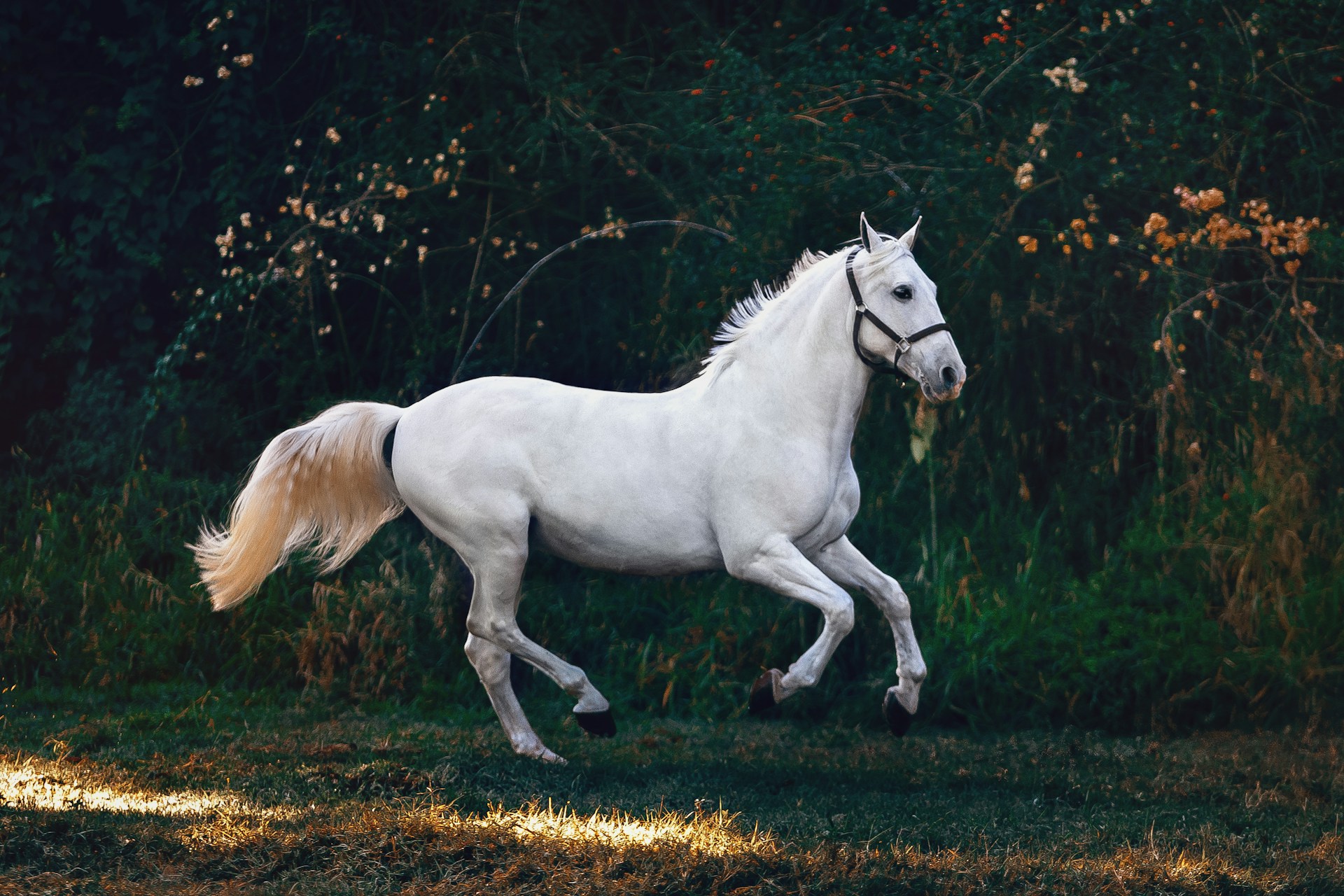
25) Horse Meat
Federal law doesn’t criminalize eating horse meat, but Congress blocks USDA inspection funding. Without inspection, meat can’t legally be sold, transported, or served—functionally banning it from commerce. Occasional state-level debates flare, yet the national status quo holds. In practice, horse meat isn’t coming to a menu near you. Helena Lopes / Unsplash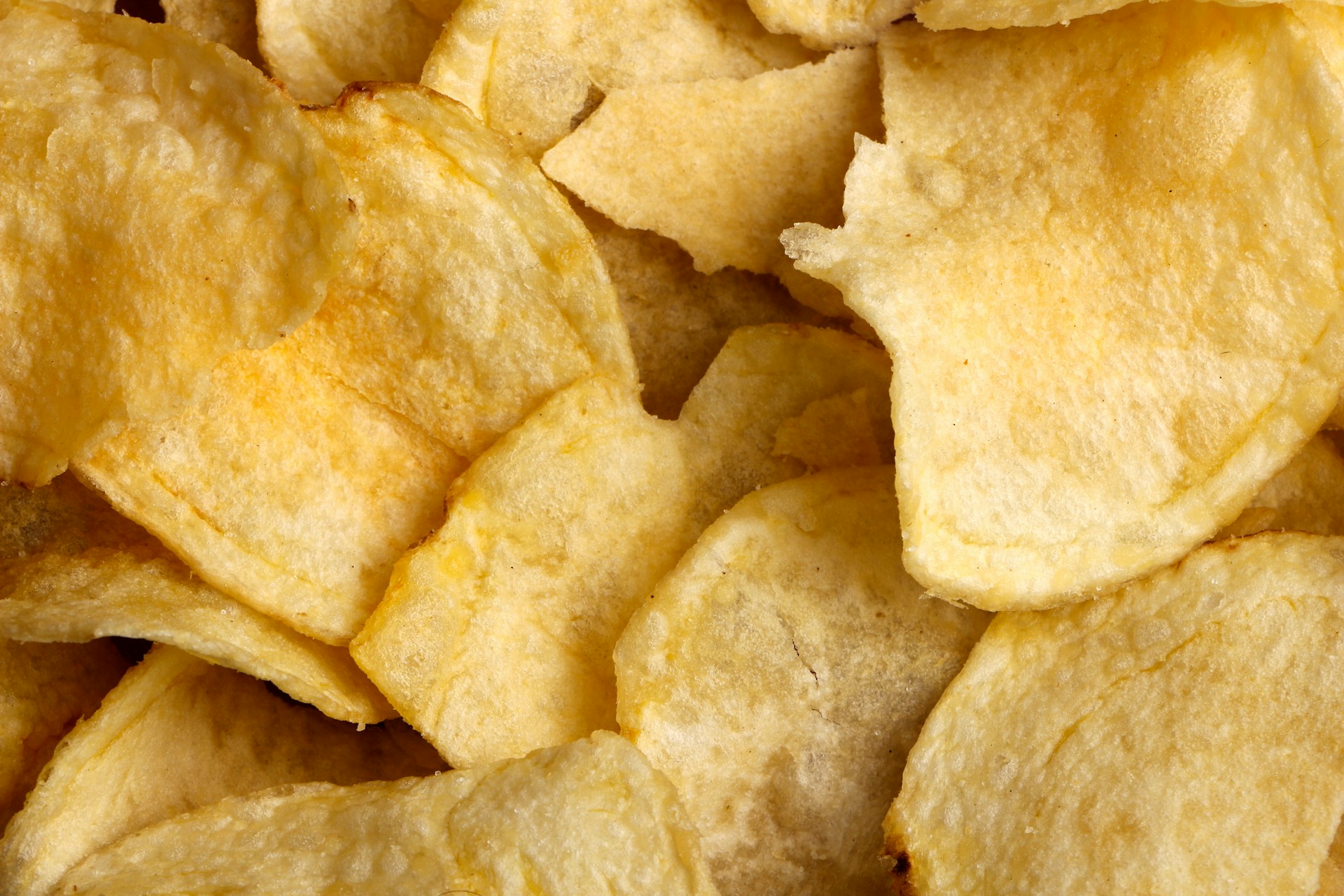
26) Junk Food in Schools
States like California, Massachusetts, New York, and New Jersey restrict soda and junk food sales in K-12 cafeterias and vending machines. The policy goal is straightforward: curb empty calories, improve diet quality, and shift norms early. Mustafa Bashari / Unsplash
27) Ortolan
These tiny songbirds are traditionally force-fed, drowned in brandy, and eaten whole—now a flashpoint of ethics and conservation. The birds are protected; U.S. law prohibits their trade and consumption. PD-US / Wikimedia
28) Brominated Vegetable Oil (BVO)
Used since the 1920s to keep citrus flavors suspended in sodas, BVO drew fire over potential effects on the nervous system and thyroid. In August 2024, the FDA revoked authorization for its use in food, effectively banning it. Many brands had already reformulated—regulation simply finished the job. Check labels and you’ll find it largely gone. Smokefoot, CC BY-SA 3.0 https://creativecommons.org/licenses/by-sa/3.0, via Wikimedia Commons
29) Camembert de Normandie
True Camembert from Normandy is a raw-milk cheese aged under 60 days—disqualifying it under U.S. safety rules. American “Camembert” is pasteurized and typically milder, trading complexity for compliance. Coyau / Wikimedia Commons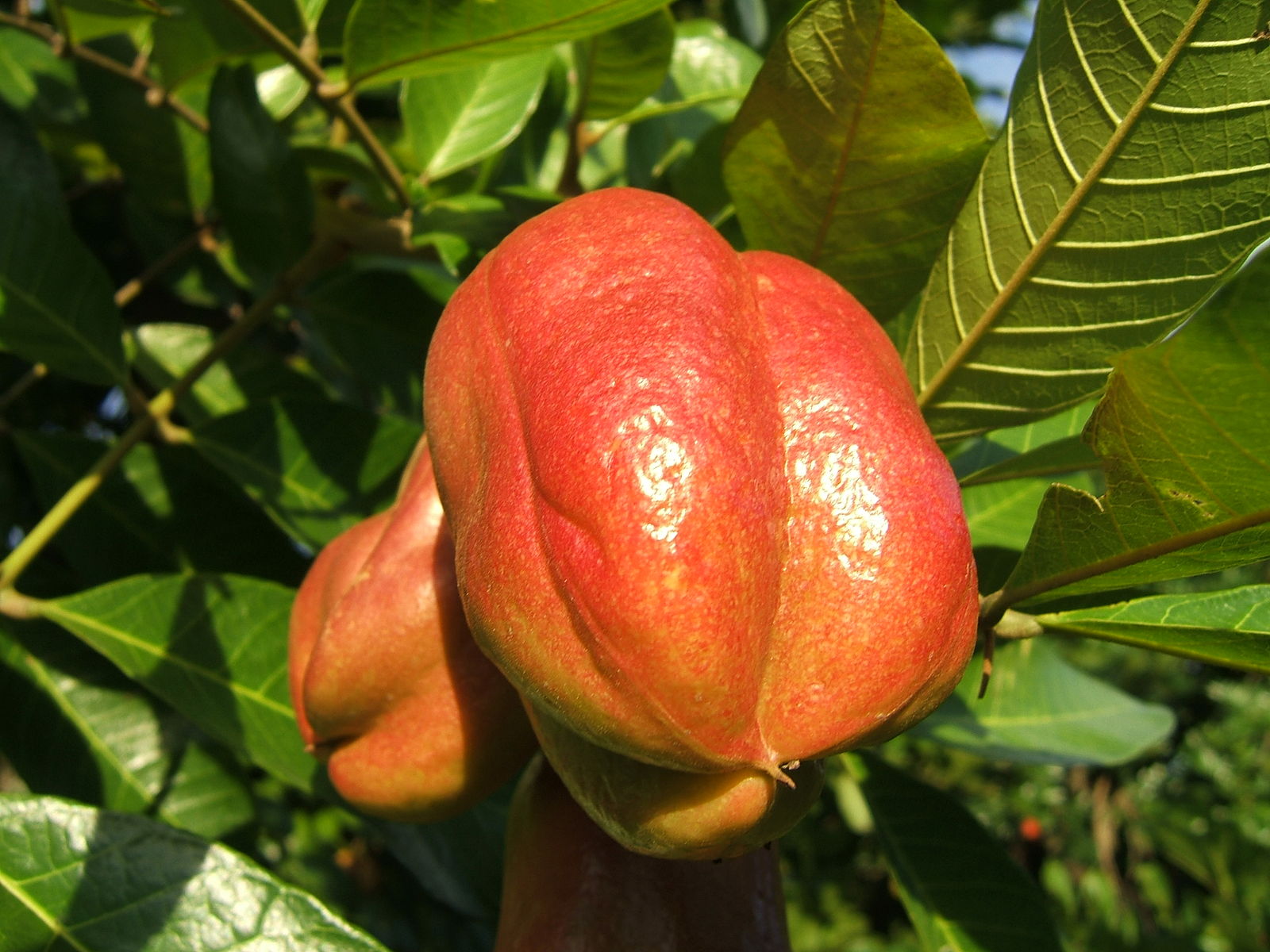
30) Fresh Ackee
Jamaica’s national fruit contains hypoglycin A, a toxin that can cause severe illness if the fruit is unripe or improperly processed. The FDA bans fresh imports but allows canned or processed ackee from vetted suppliers. That’s why you’ll find it on a shelf, not in the produce section. Jerome Walker, CC BY-SA 3.0 http://creativecommons.org/licenses/by-sa/3.0/, via Wikimedia Commons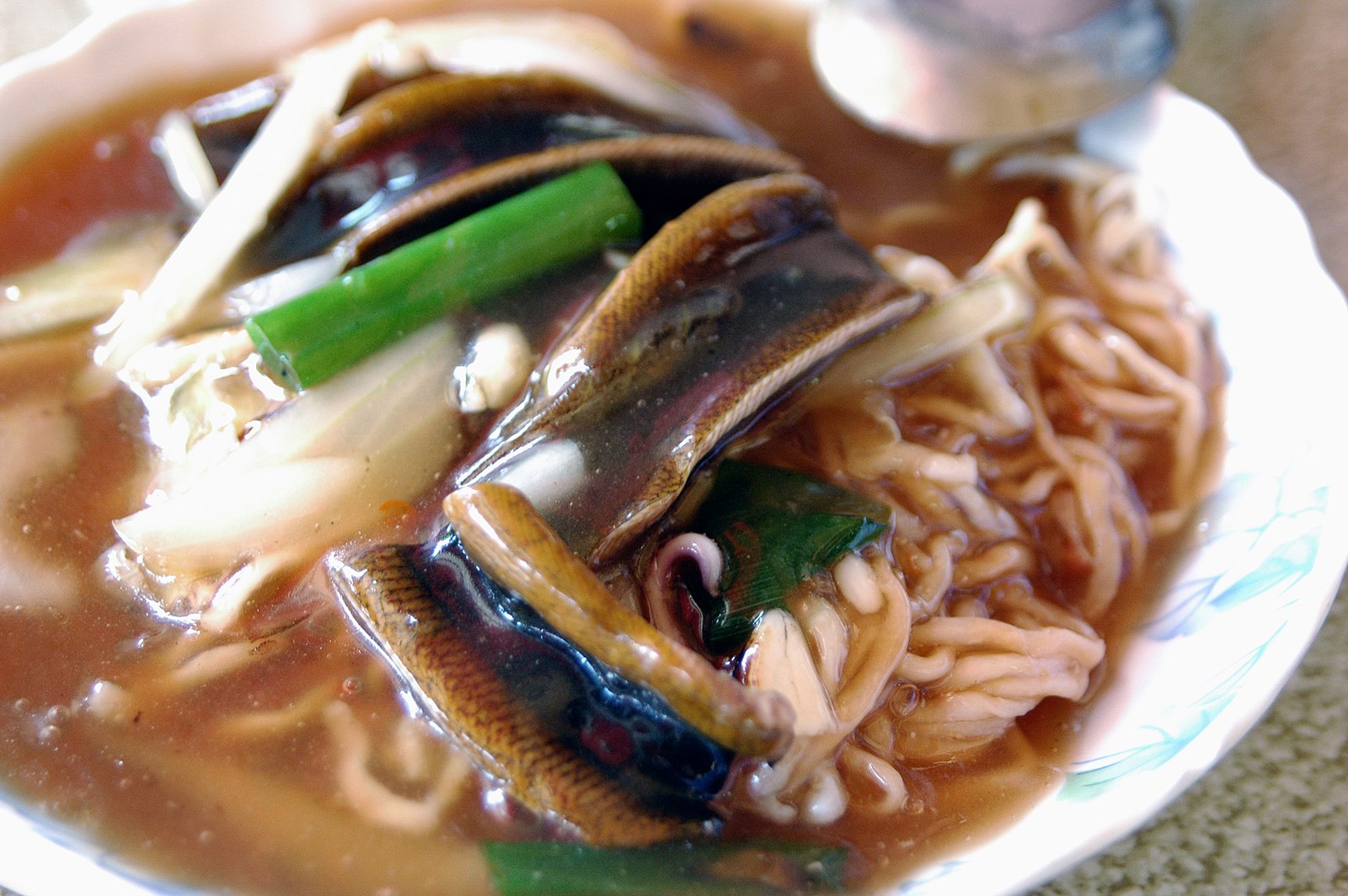
31) Eel & Turtle Soups (Traditional)
Eel itself is legal with sourcing caveats, but classic turtle-based broths and stews collide with endangered-species protections. Historic recipes linger in old cookbooks; modern menus generally don’t go there. TACO Huang from Kaohsiung, Taiwan, CC BY-SA 2.0 https://creativecommons.org/licenses/by-sa/2.0, via Wikimedia Commons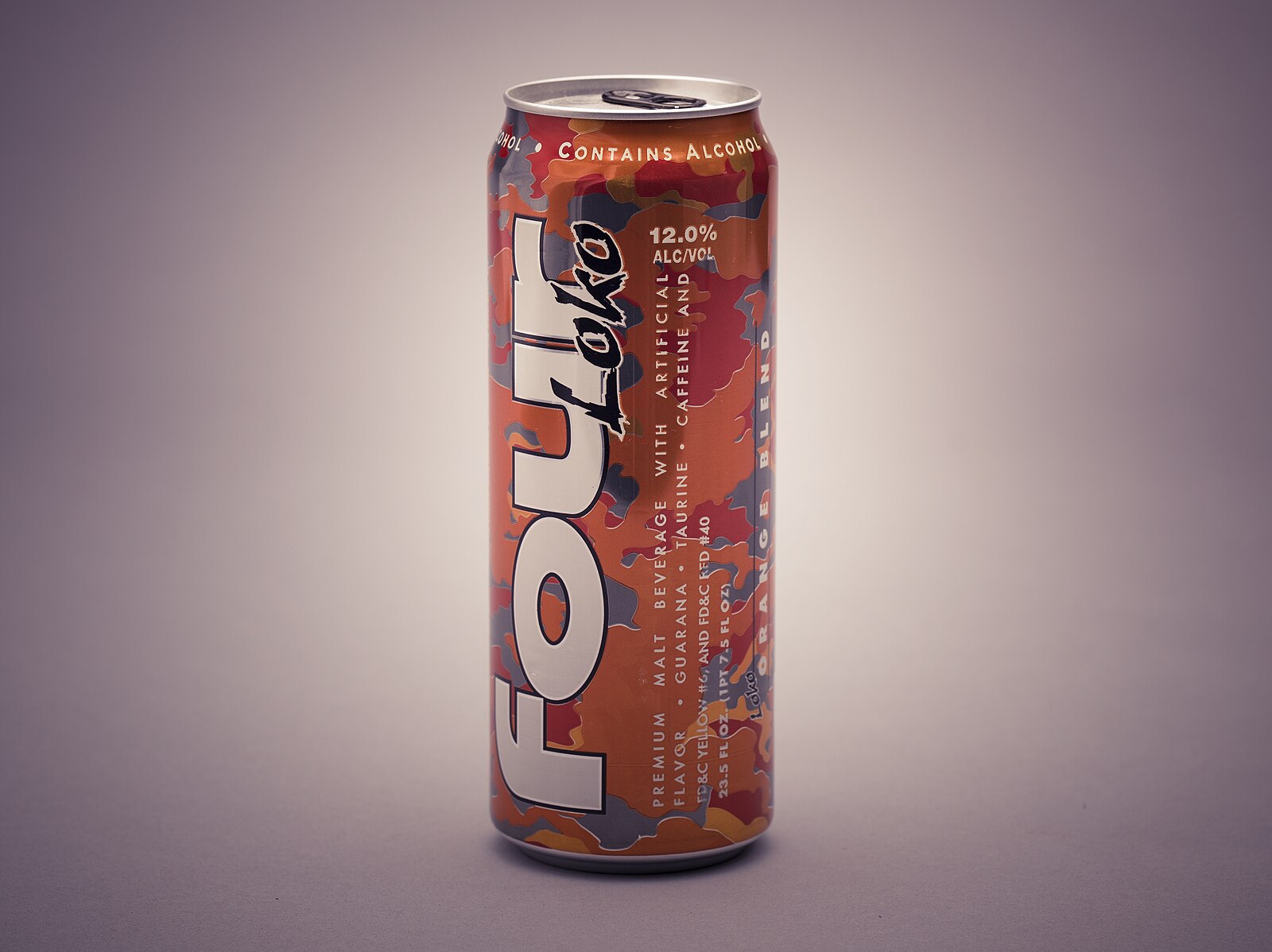
32) Four Loko (Original Formula)
The mid-2000s version mixed high alcohol with caffeine and other stimulants, earning the nickname “blackout in a can” and a wave of hospital trips. States moved to restrict sales, and the FDA cracked down on caffeinated alcoholic beverages. The company removed caffeine; the cleaned-up product remains legal. The notorious original is history. The U.S. Food and Drug Administration, Public domain, via Wikimedia Commons
33) Swan (Protected Species)
Trumpeter swans, native to North America, are protected across much of the U.S., making hunting or consuming them illegal. Some tundra swan hunts exist under strict regulation, but protected species are off-limits. Conservation success has brought populations back in places—just not to the dinner plate. Erik van Dijk / Unsplash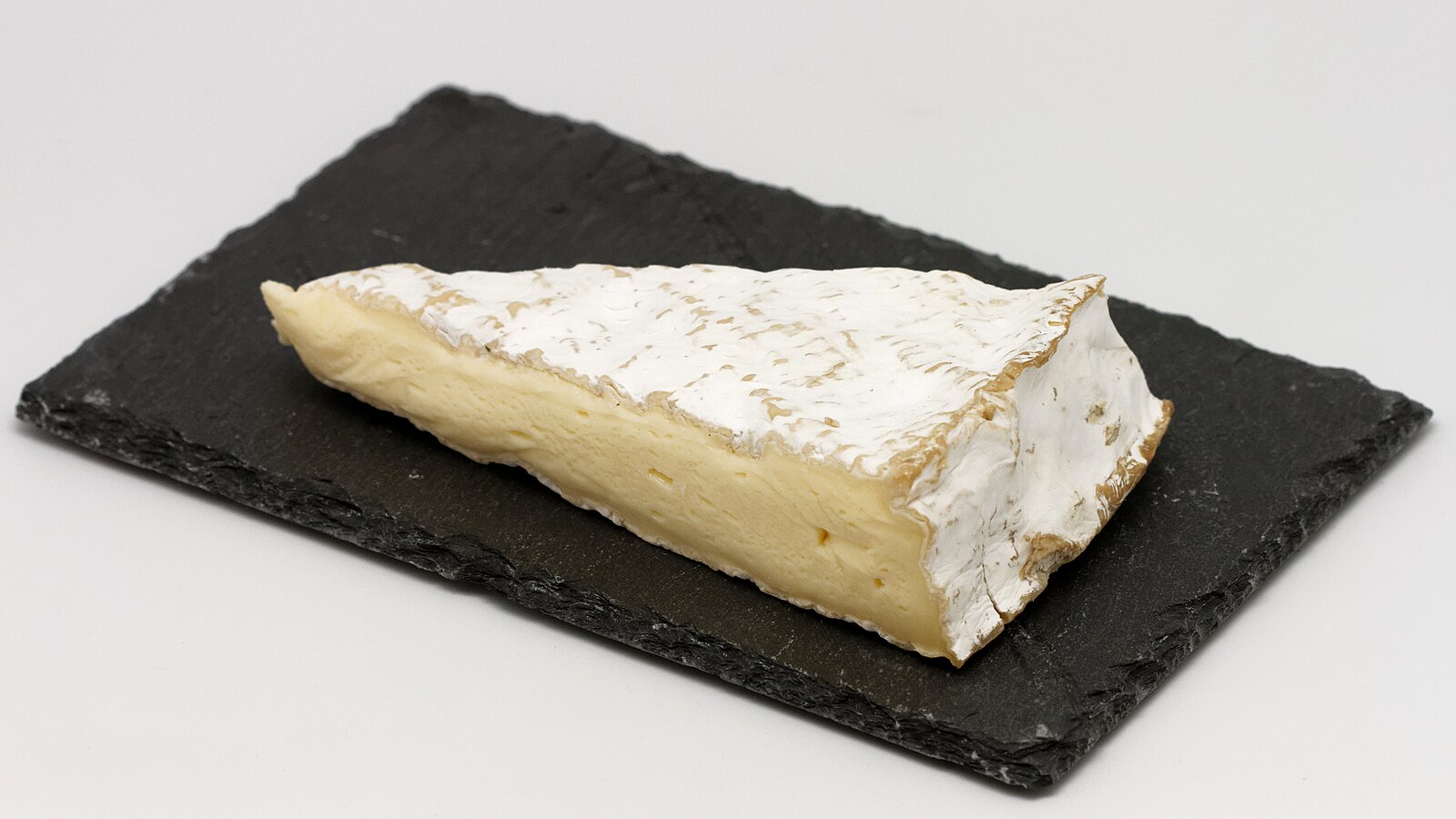
34) Brie de Meaux & Other Young Raw-Milk Cheeses
Like Époisses and Camembert de Normandie, Brie de Meaux is a raw-milk “young” cheese that doesn’t clear the 60-day aging hurdle set for safety. American versions are pasteurized and often gentler in profile. Coyau / Wikimedia Commons